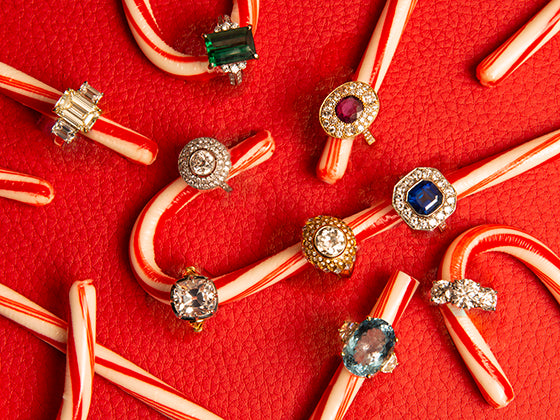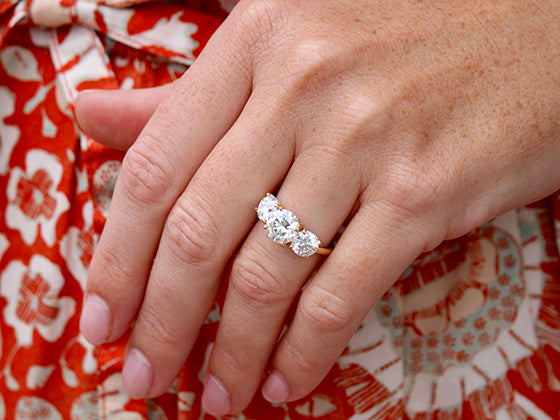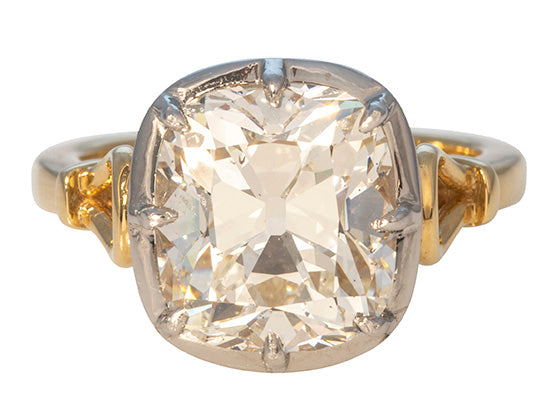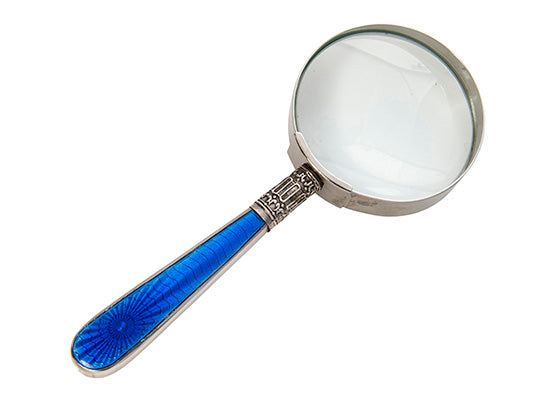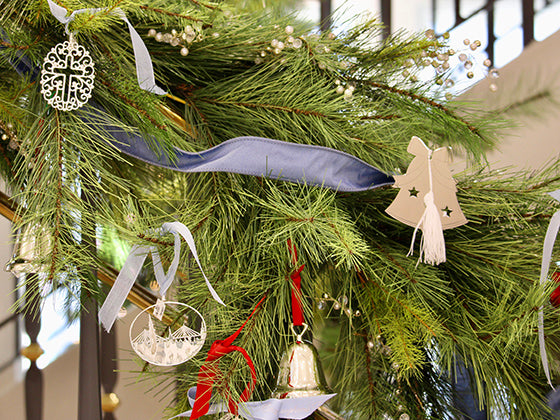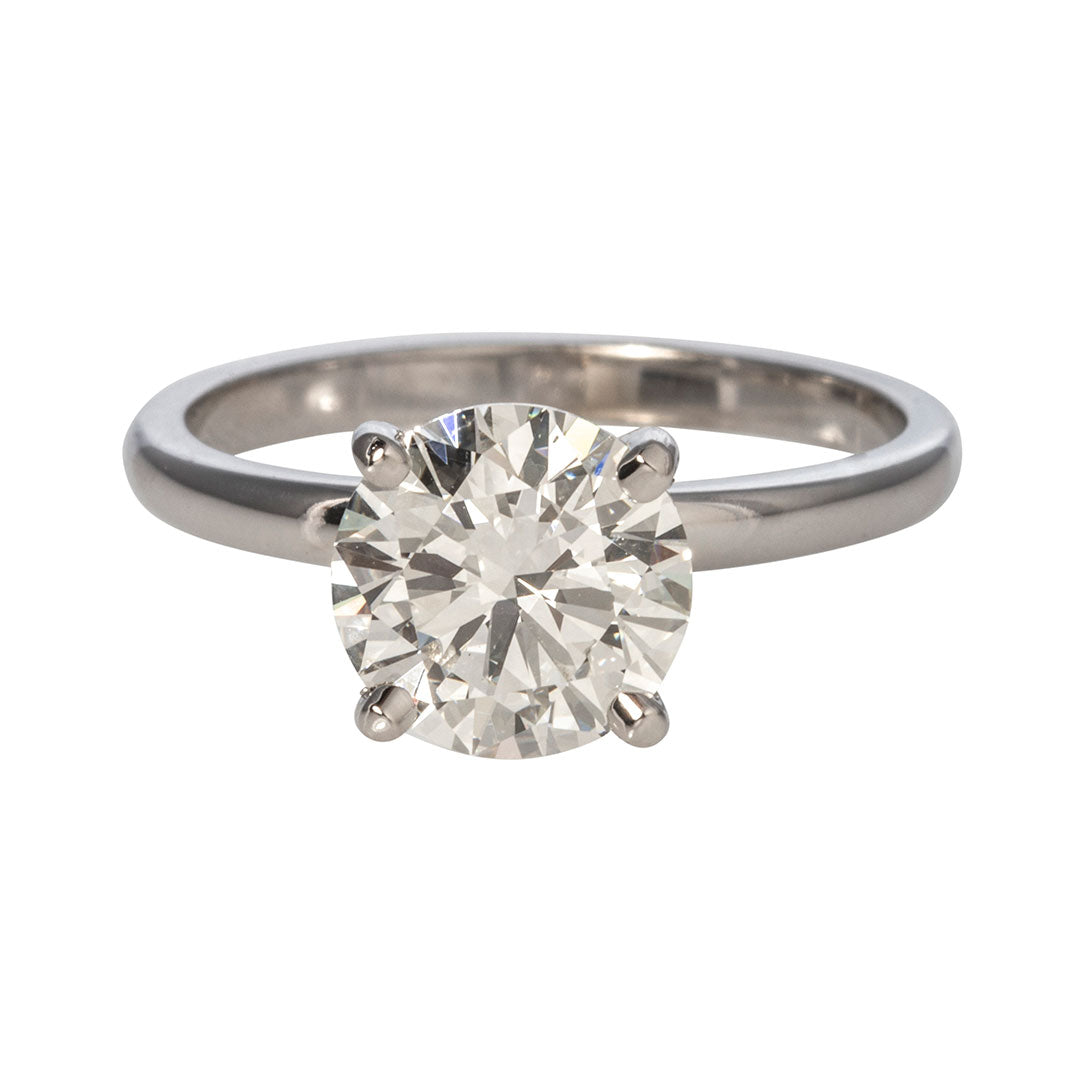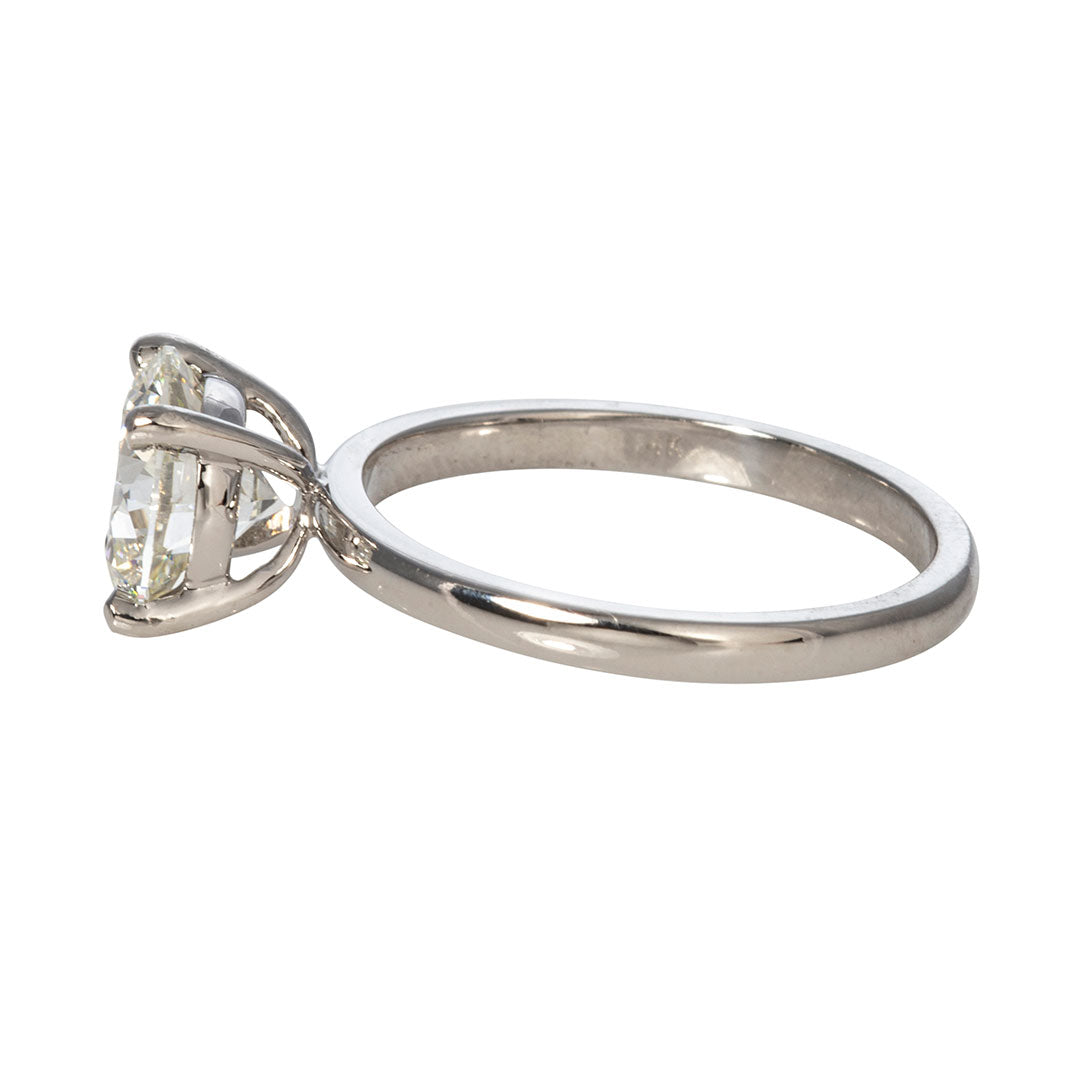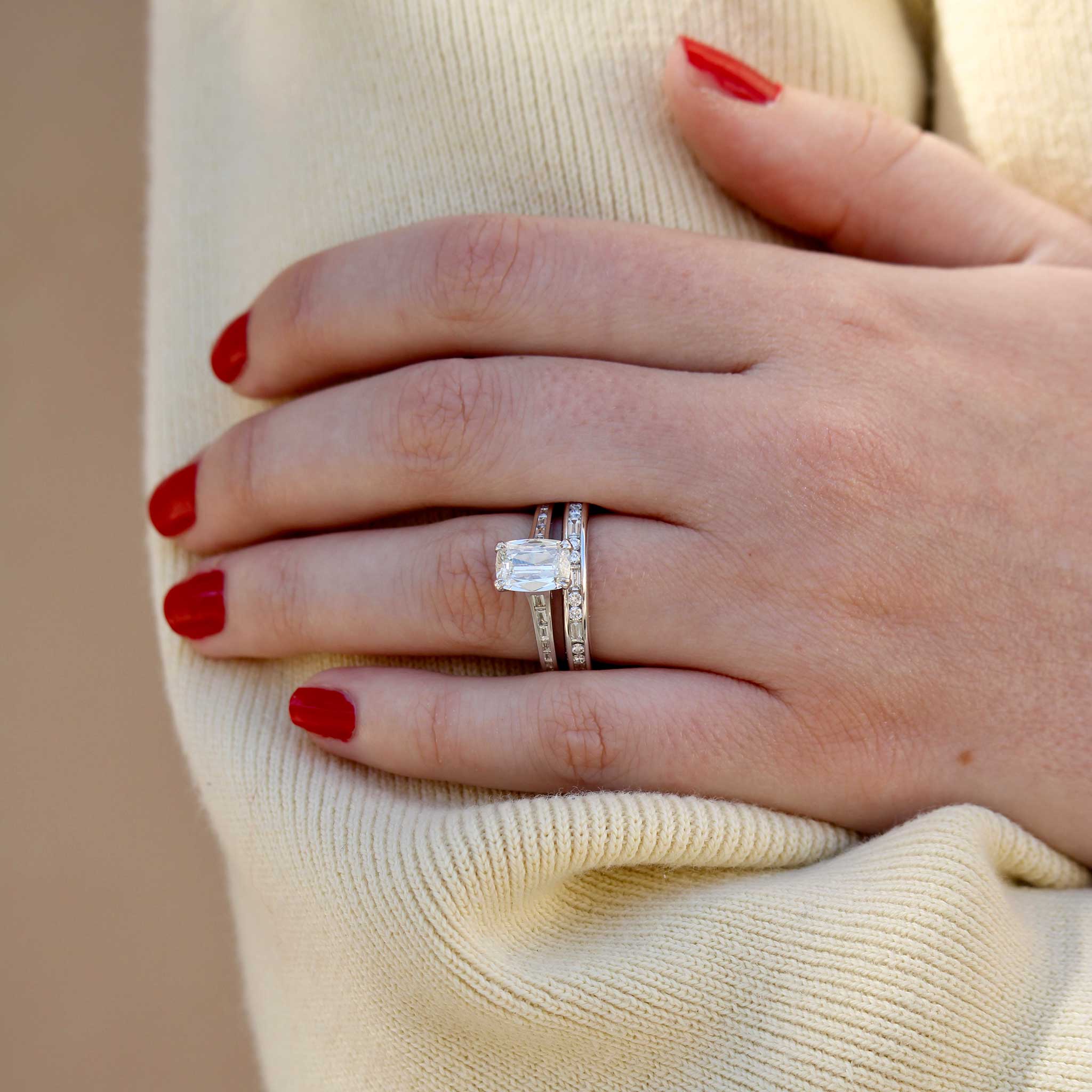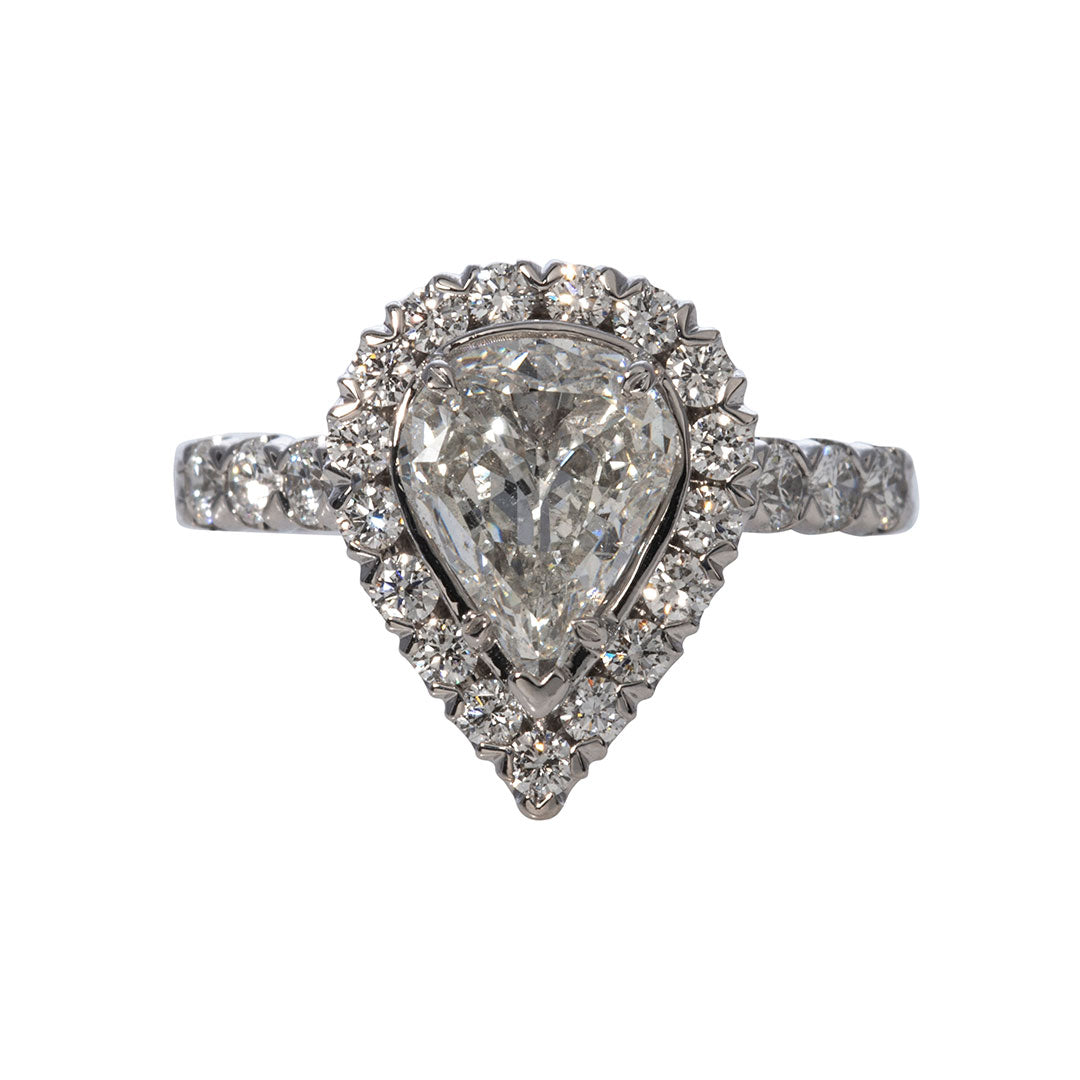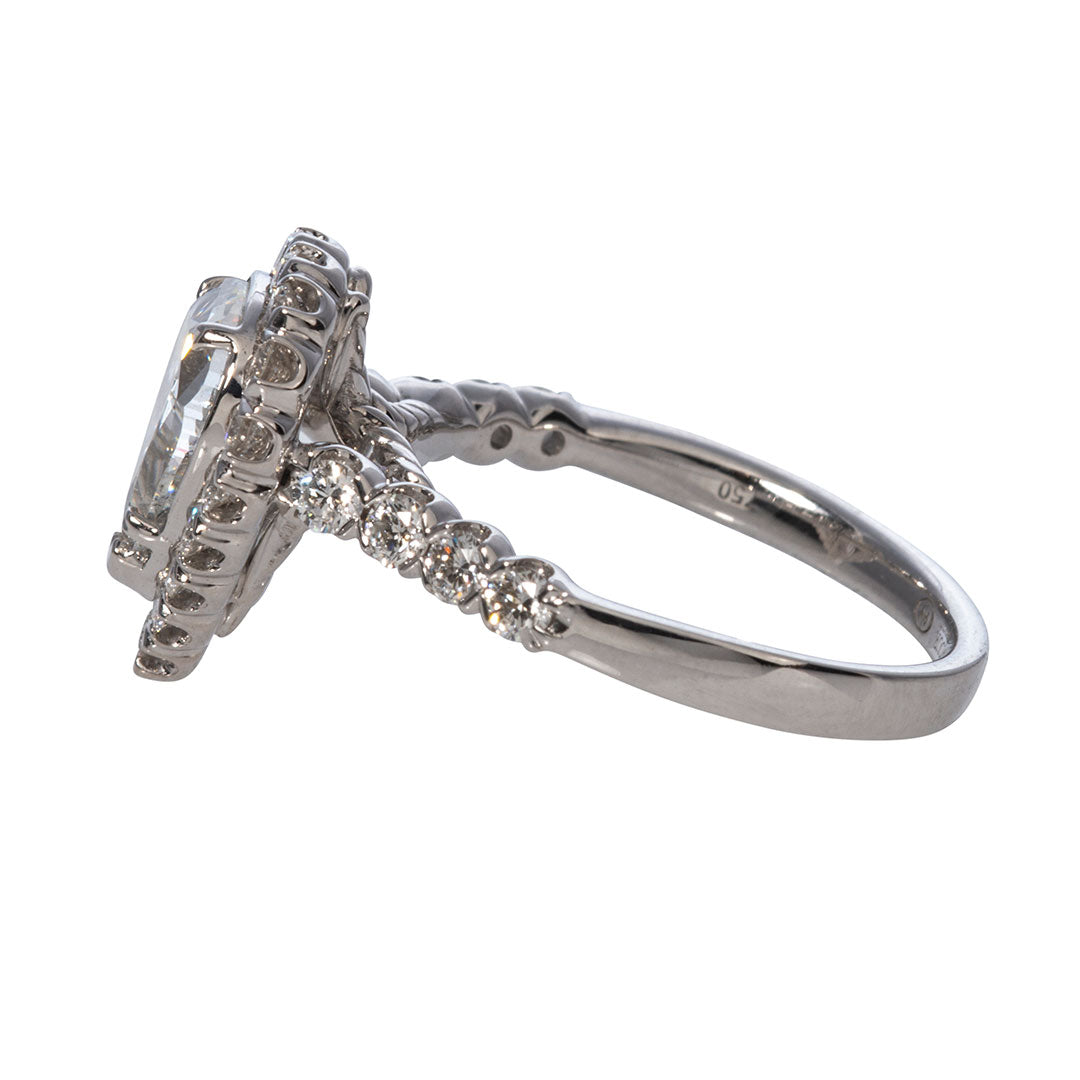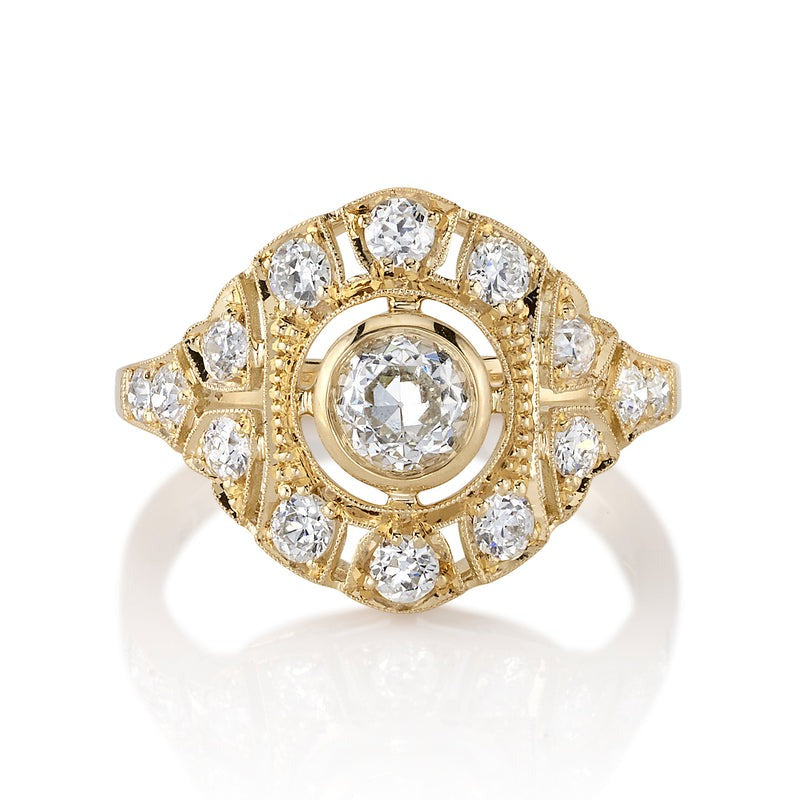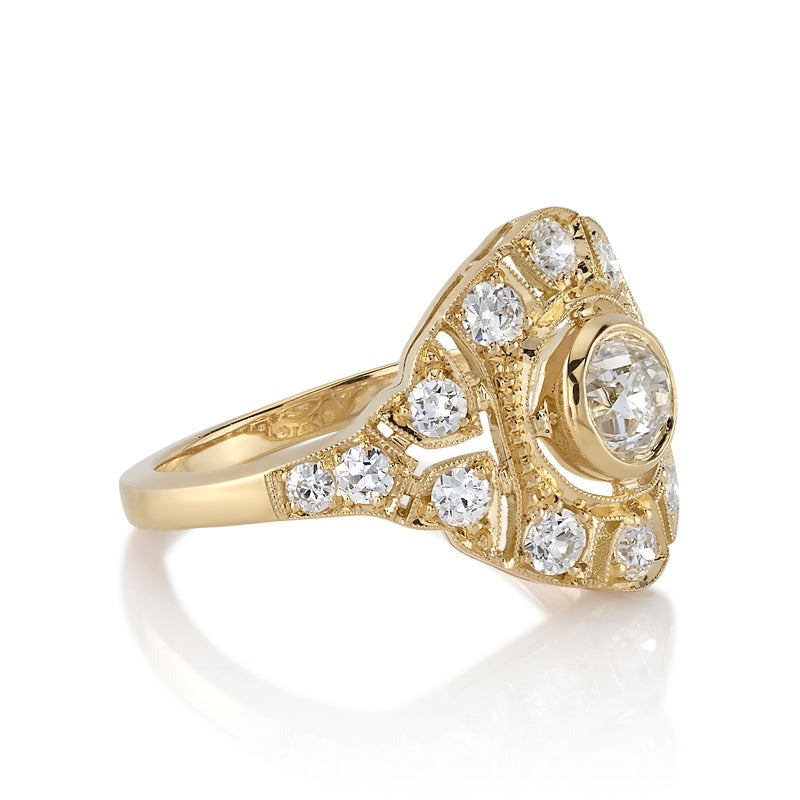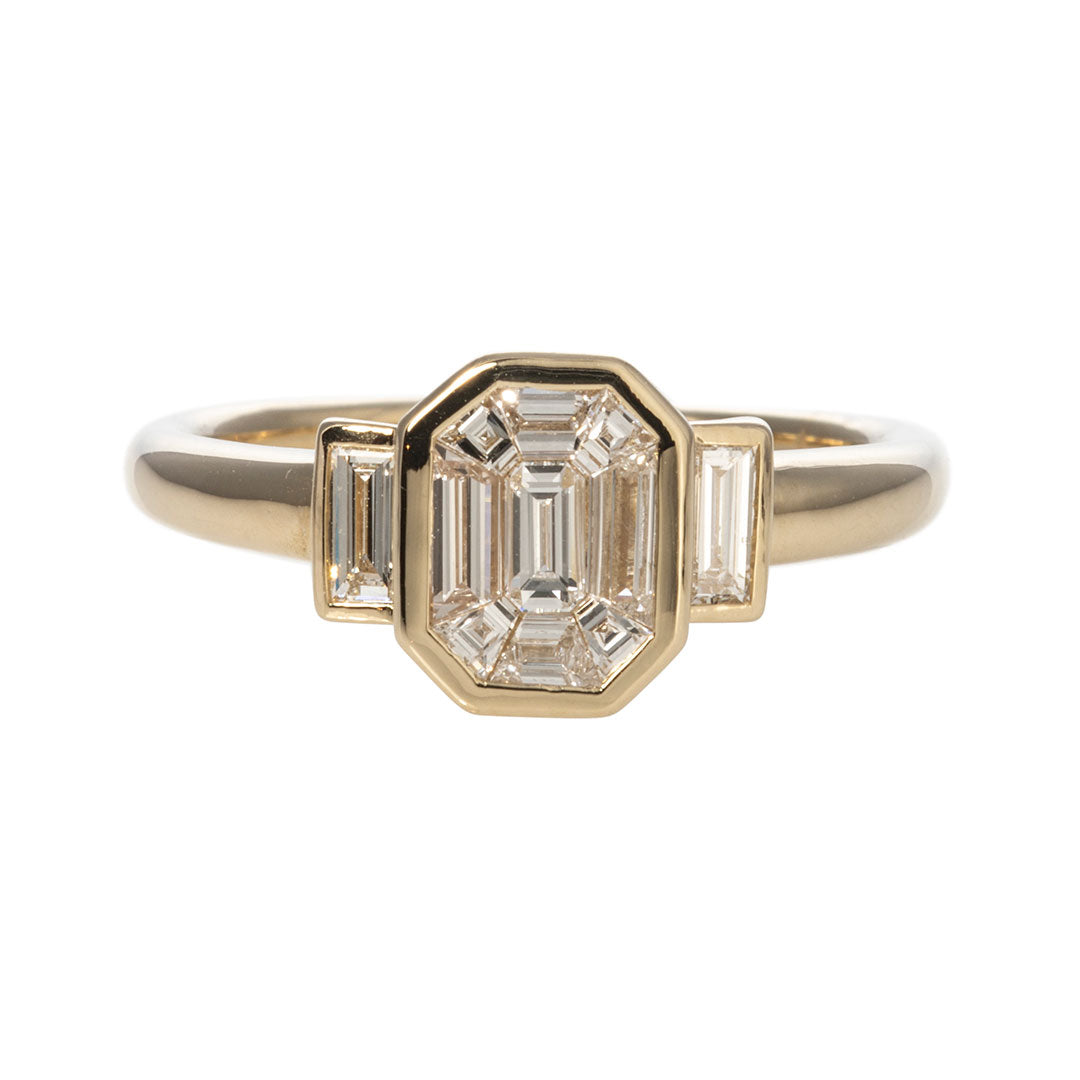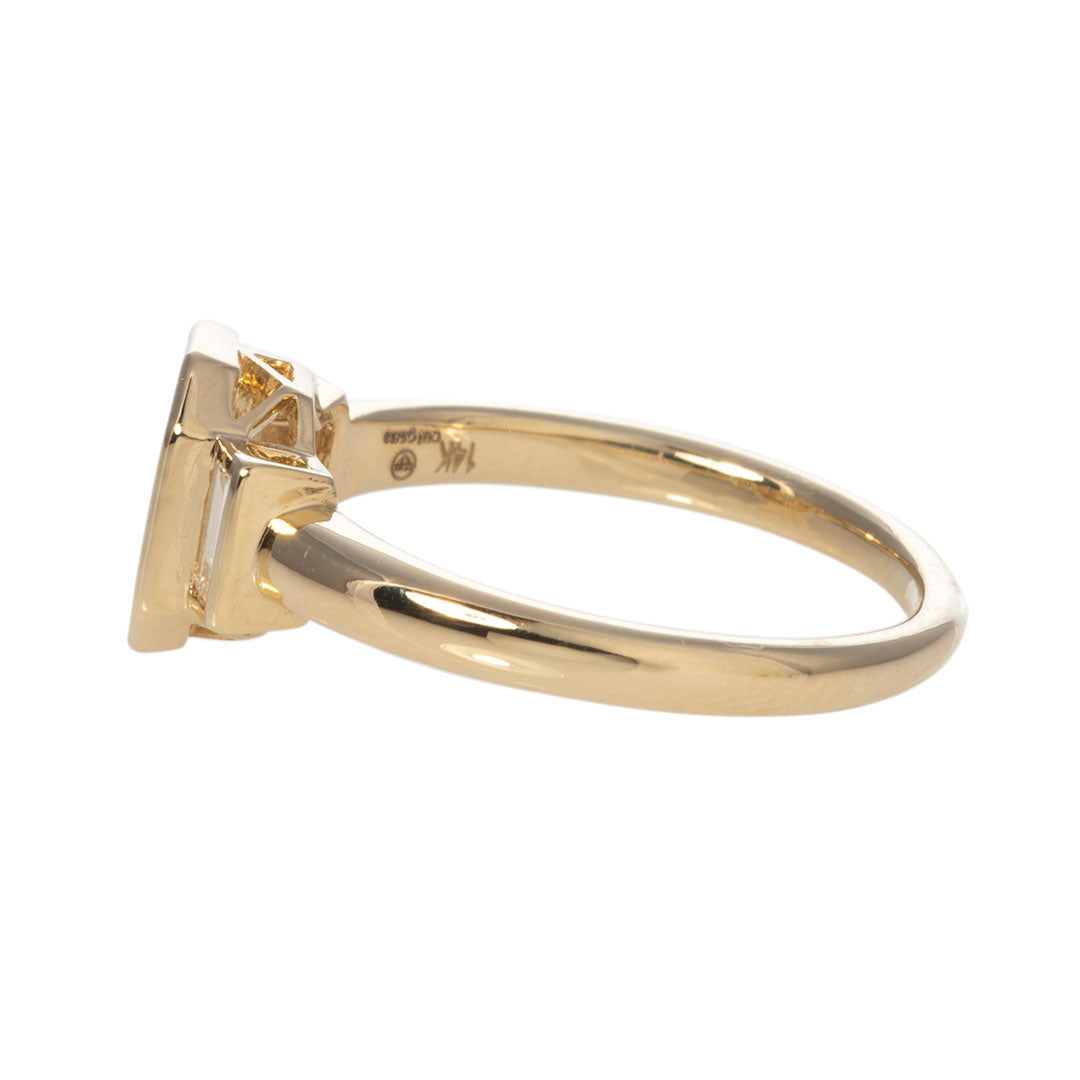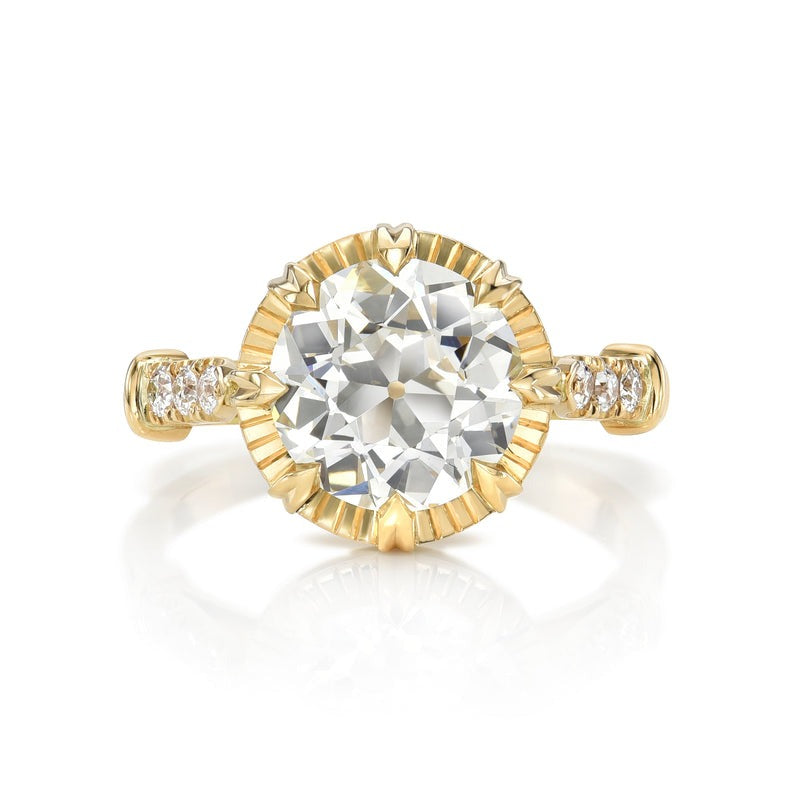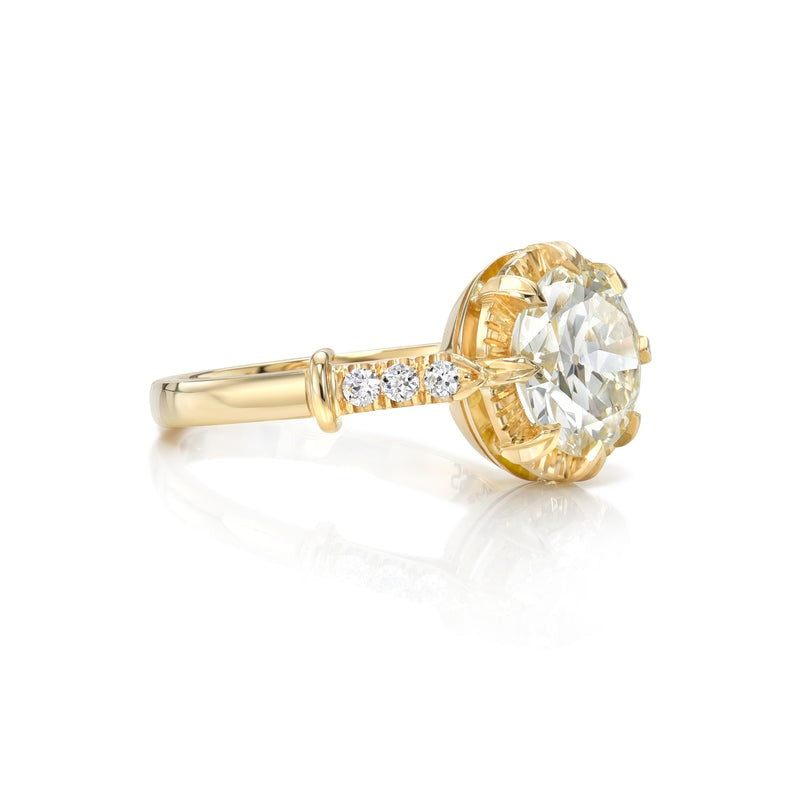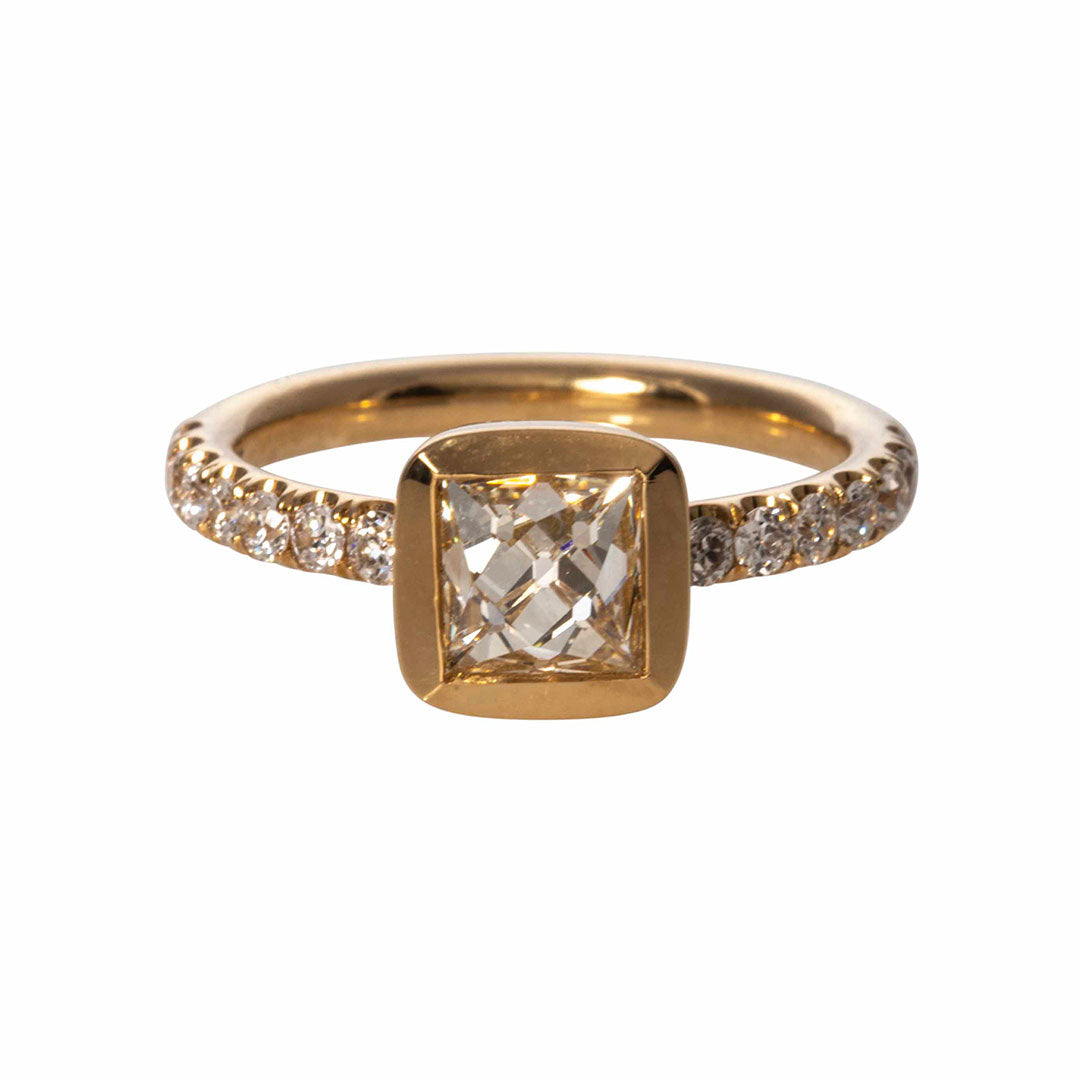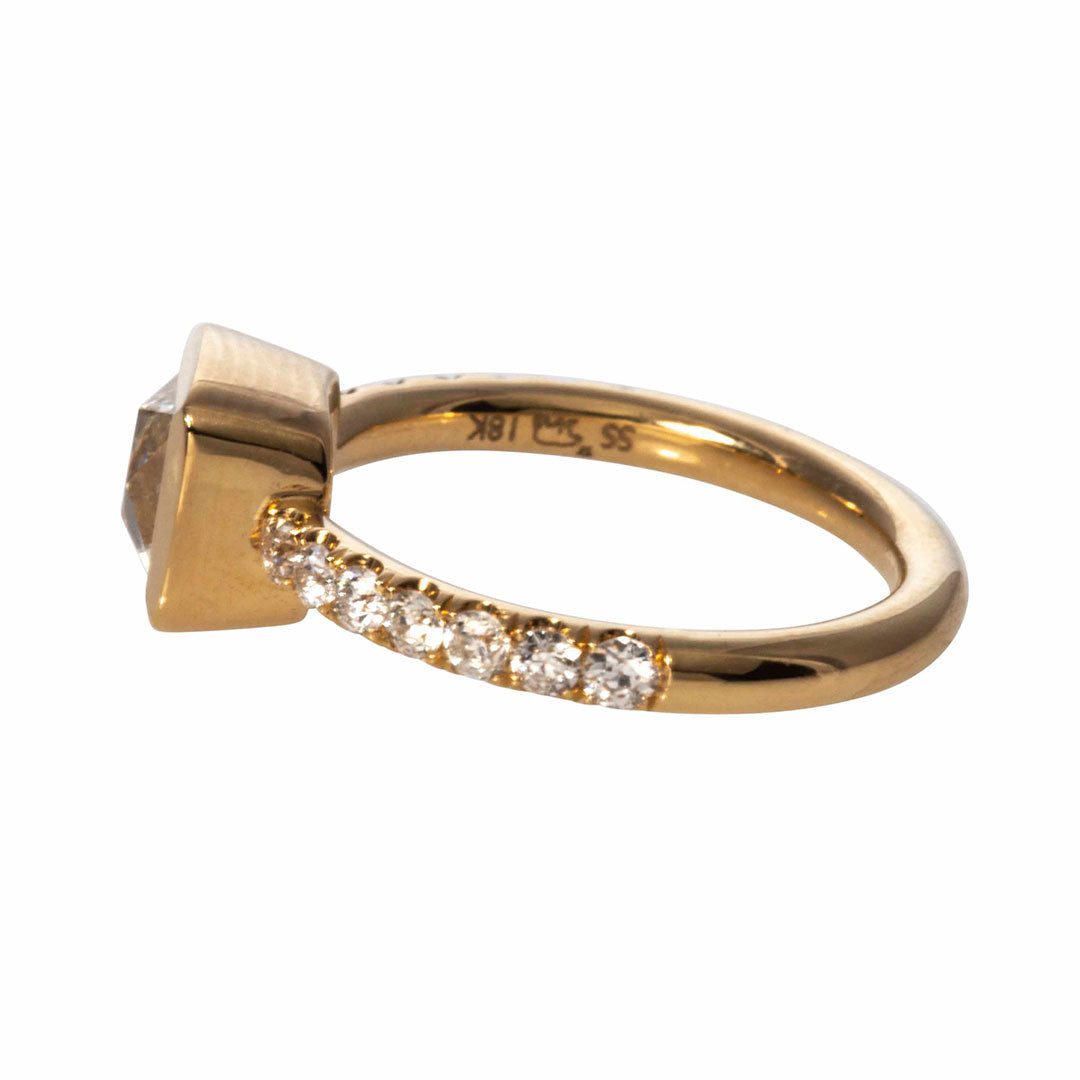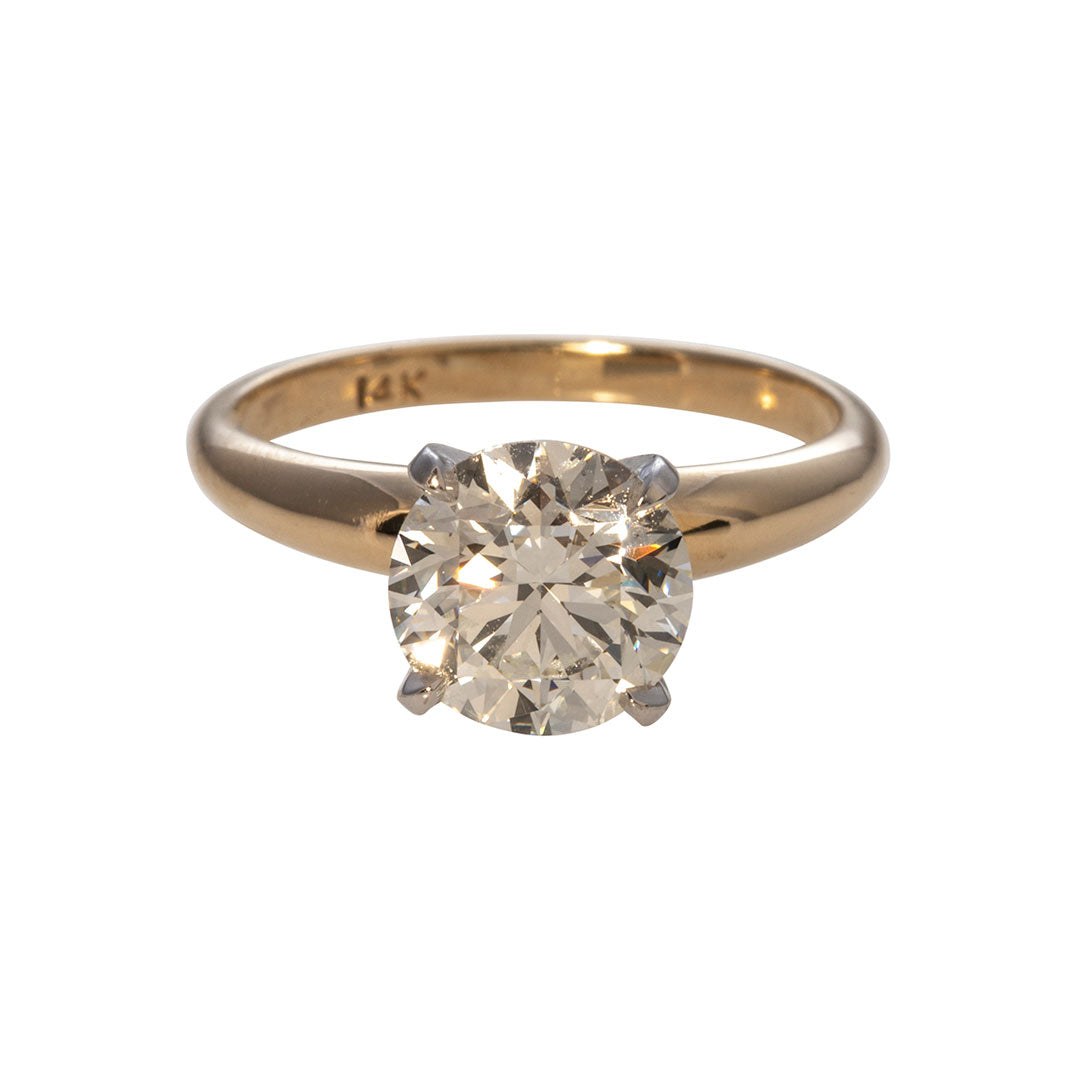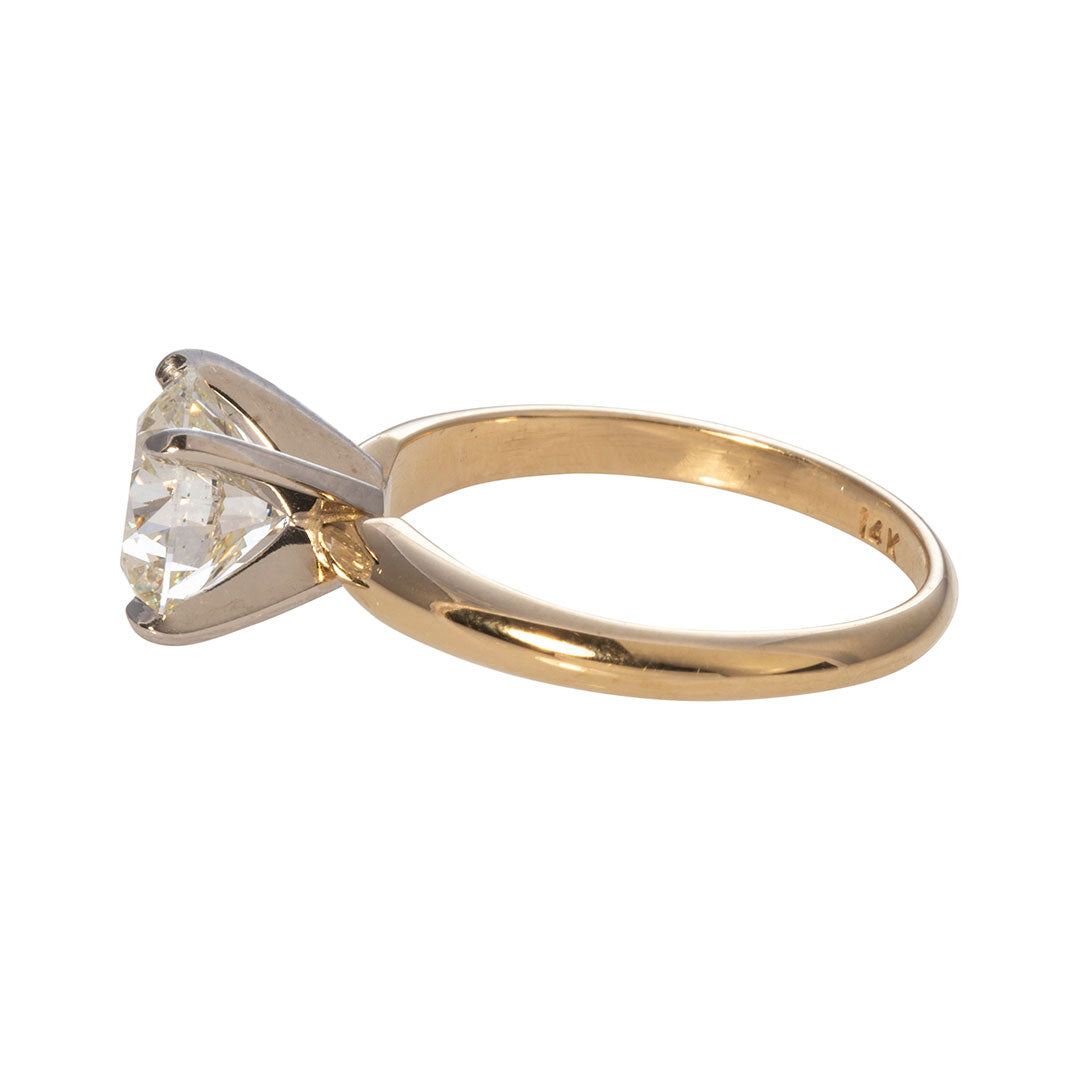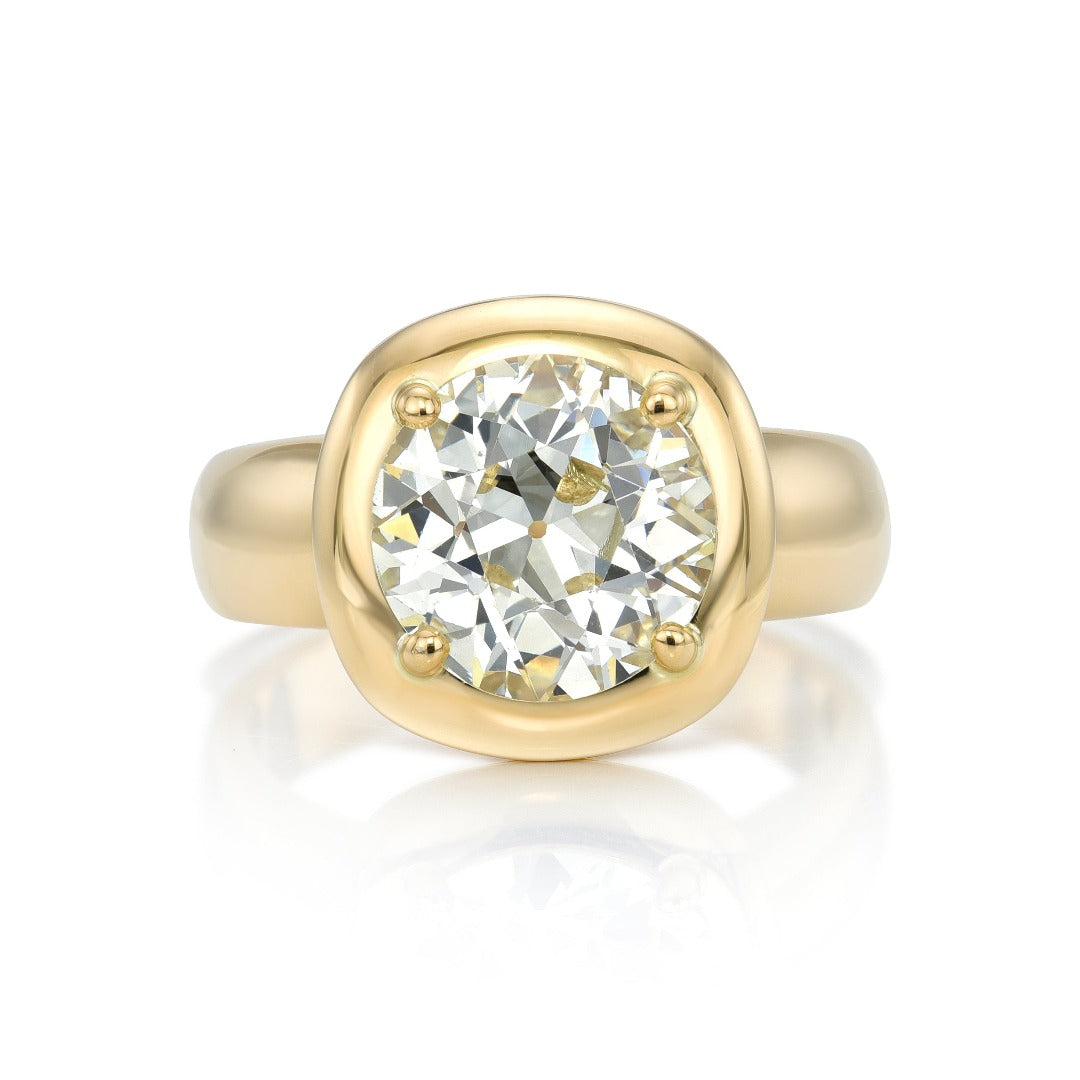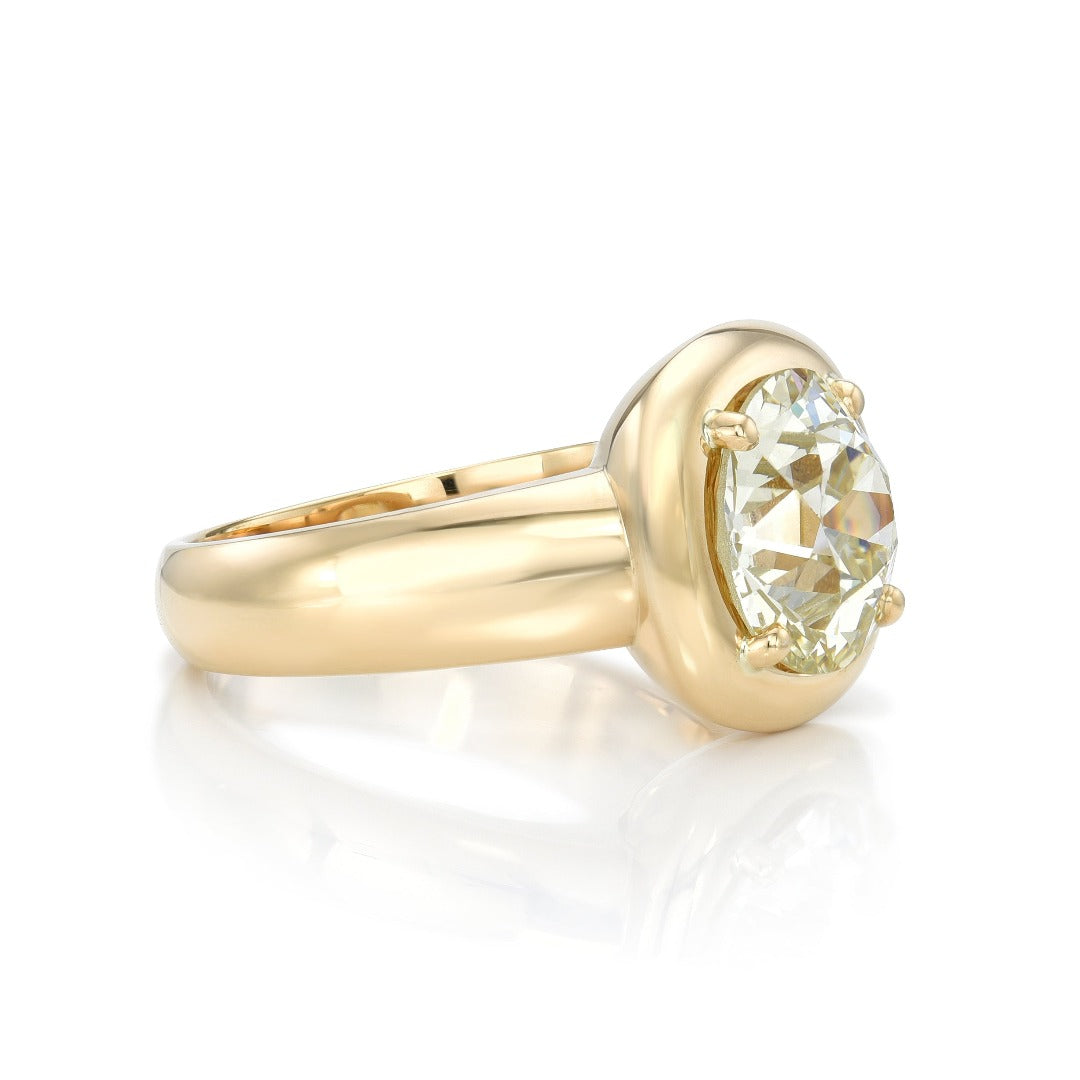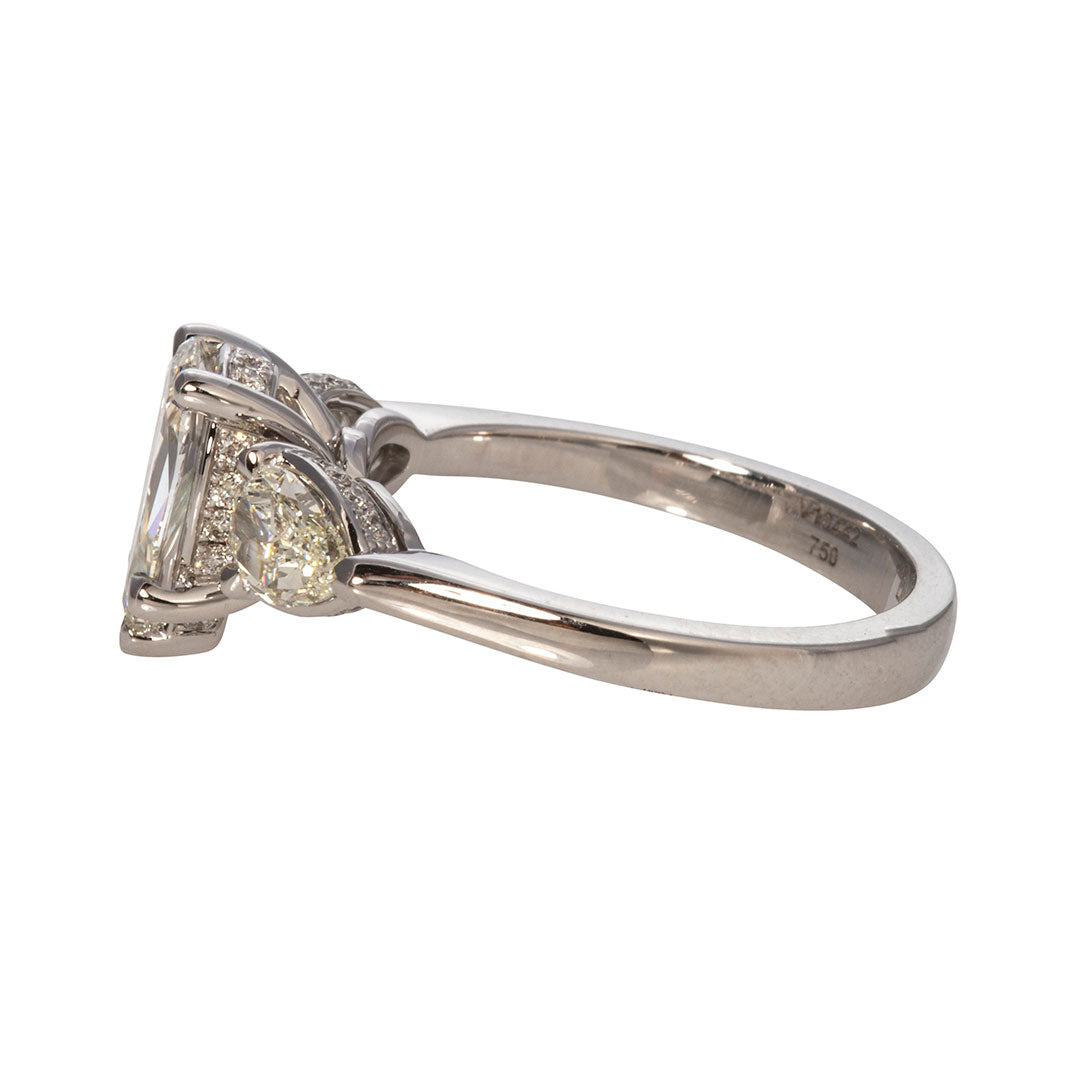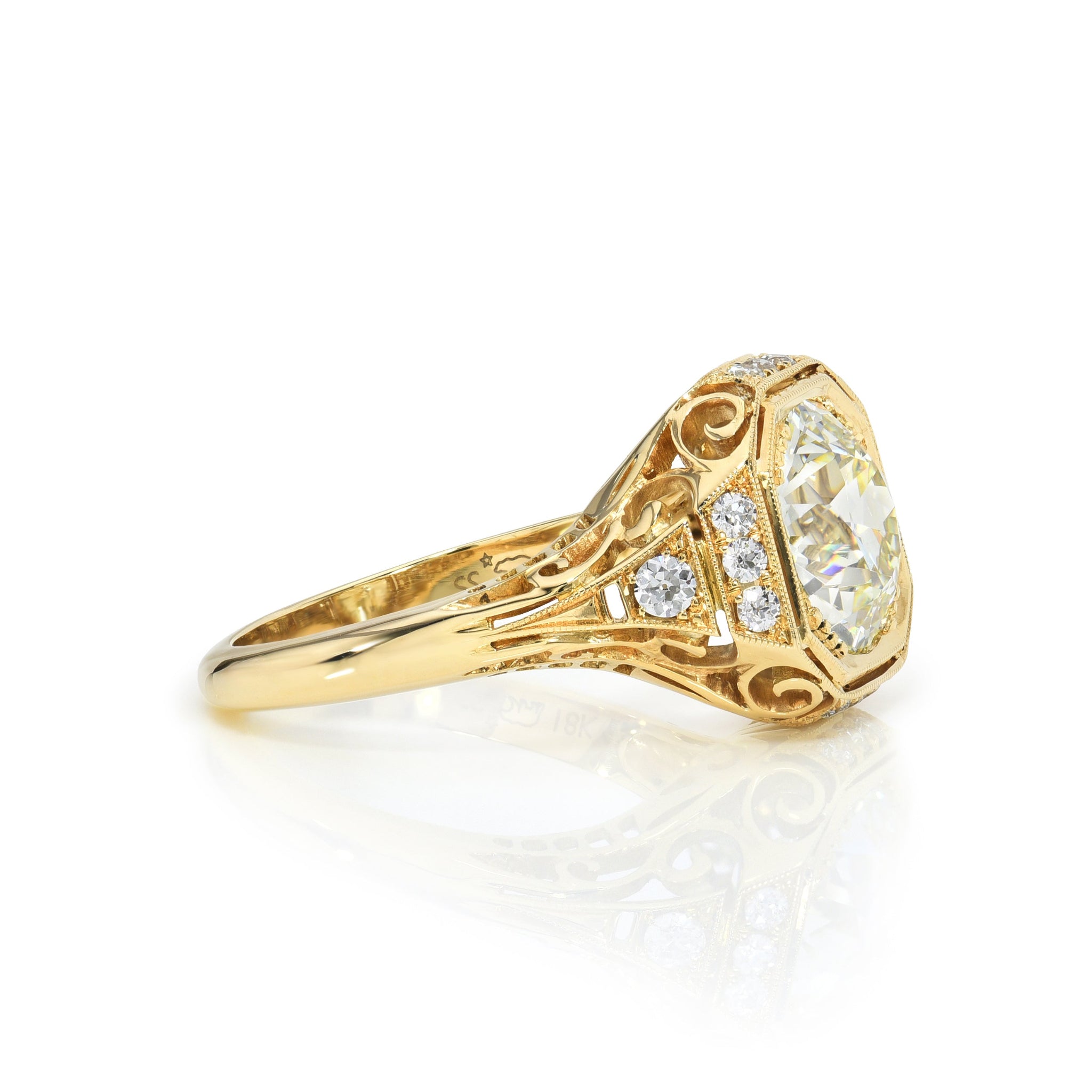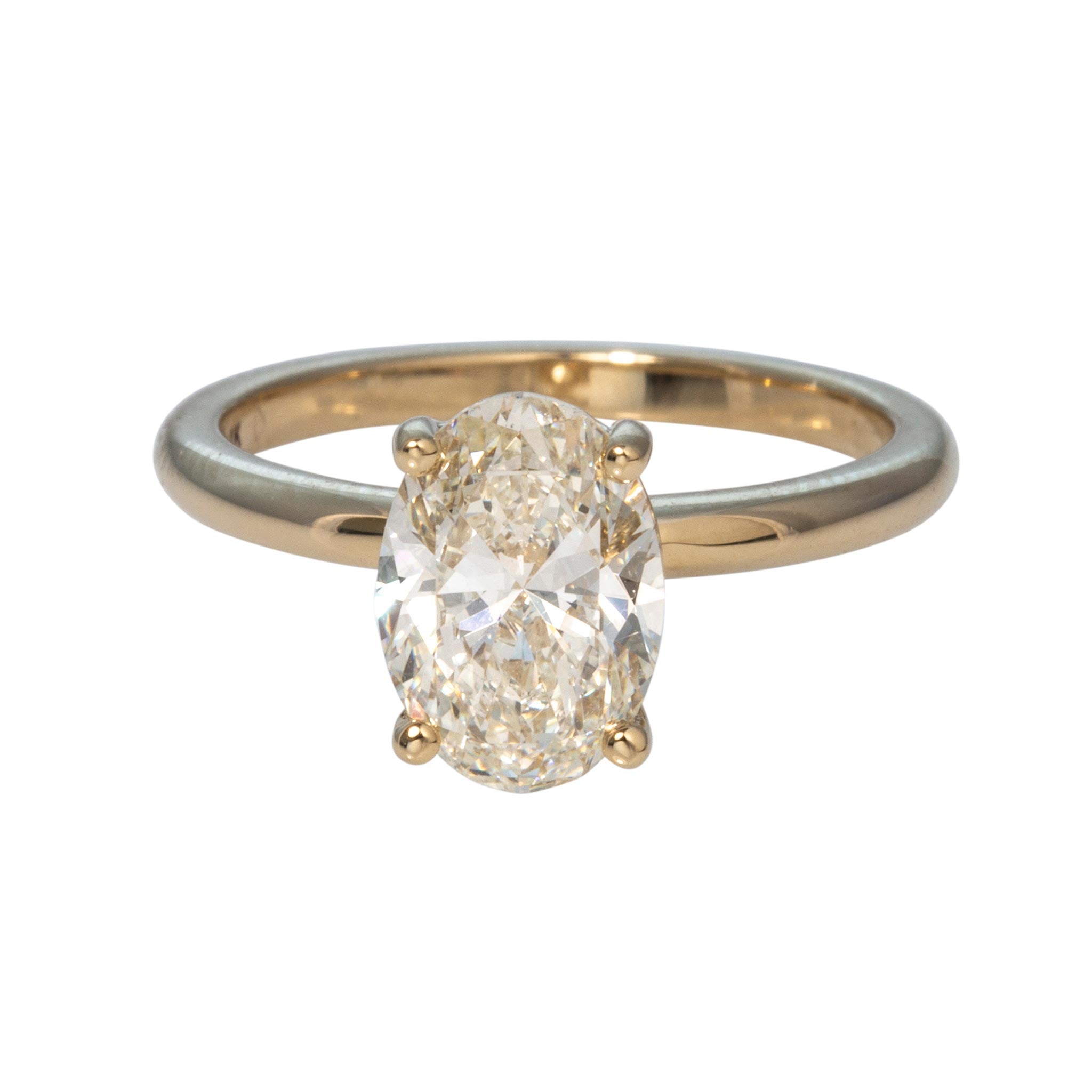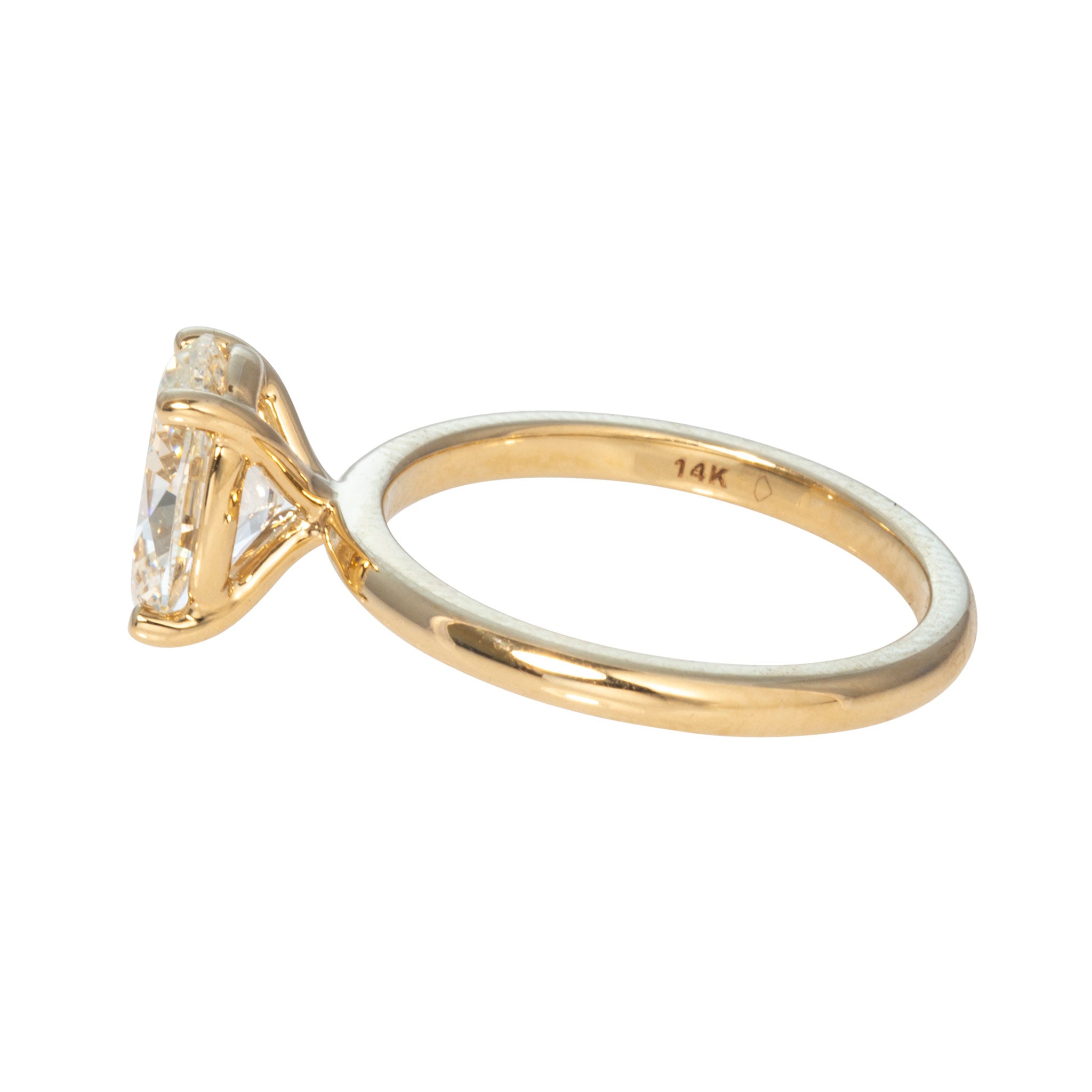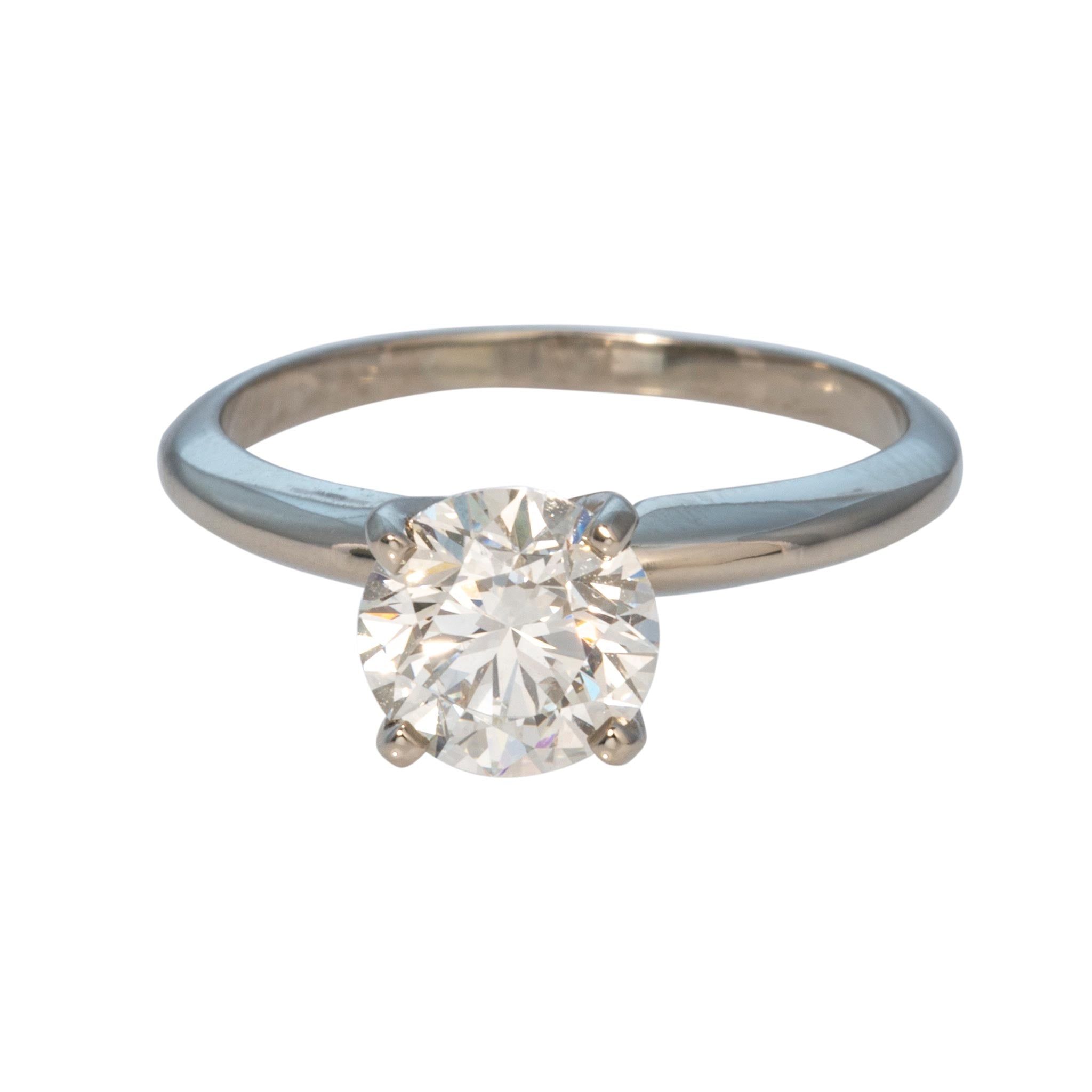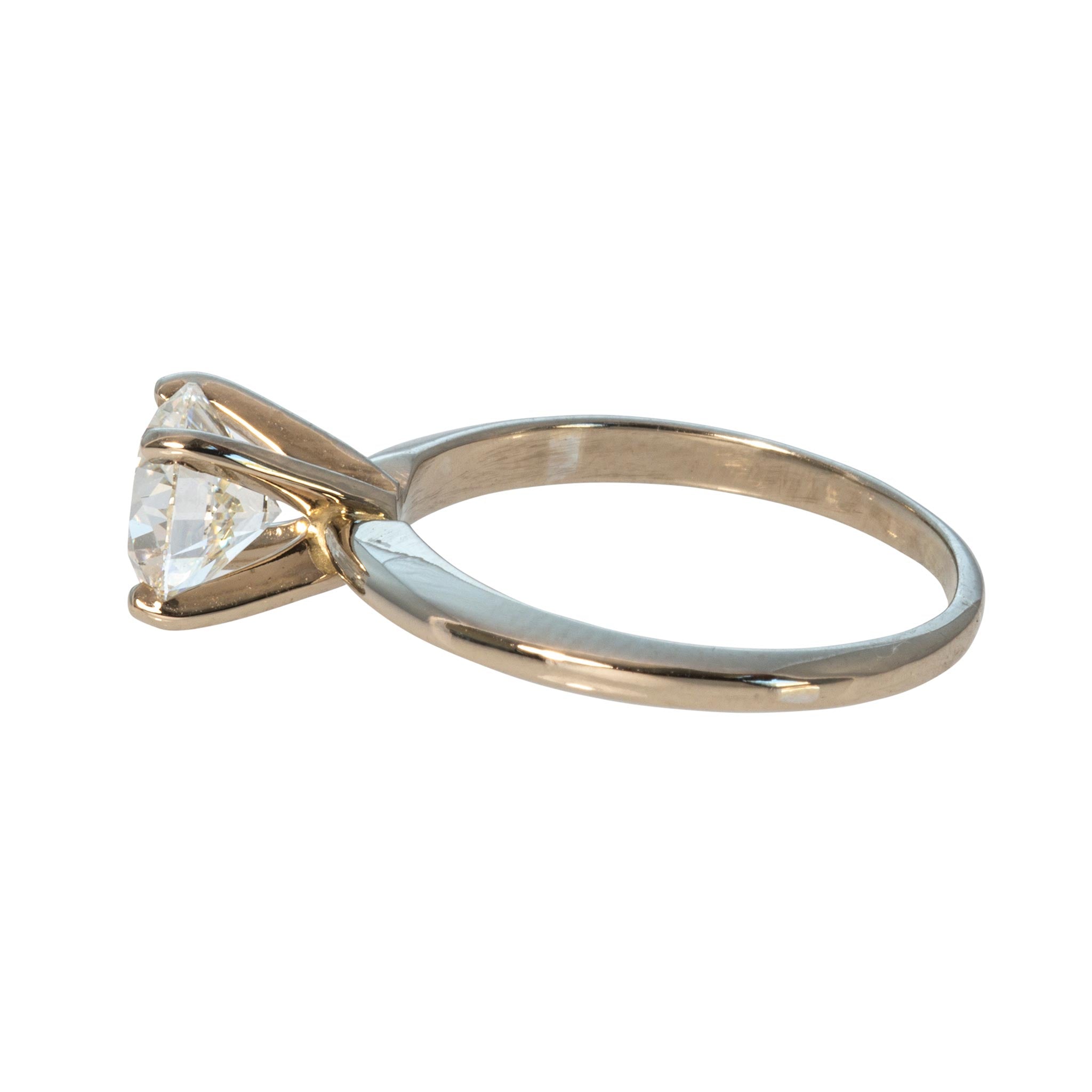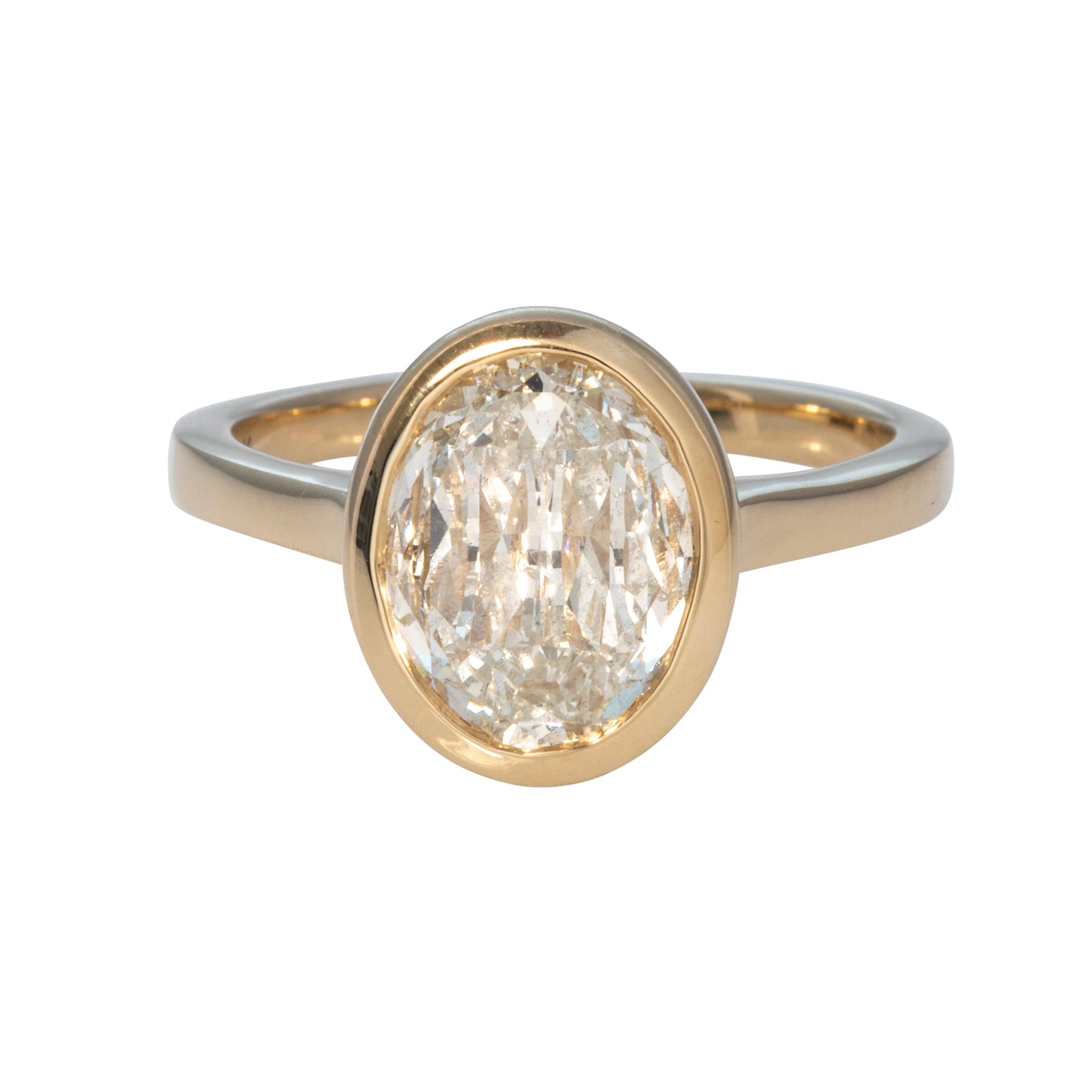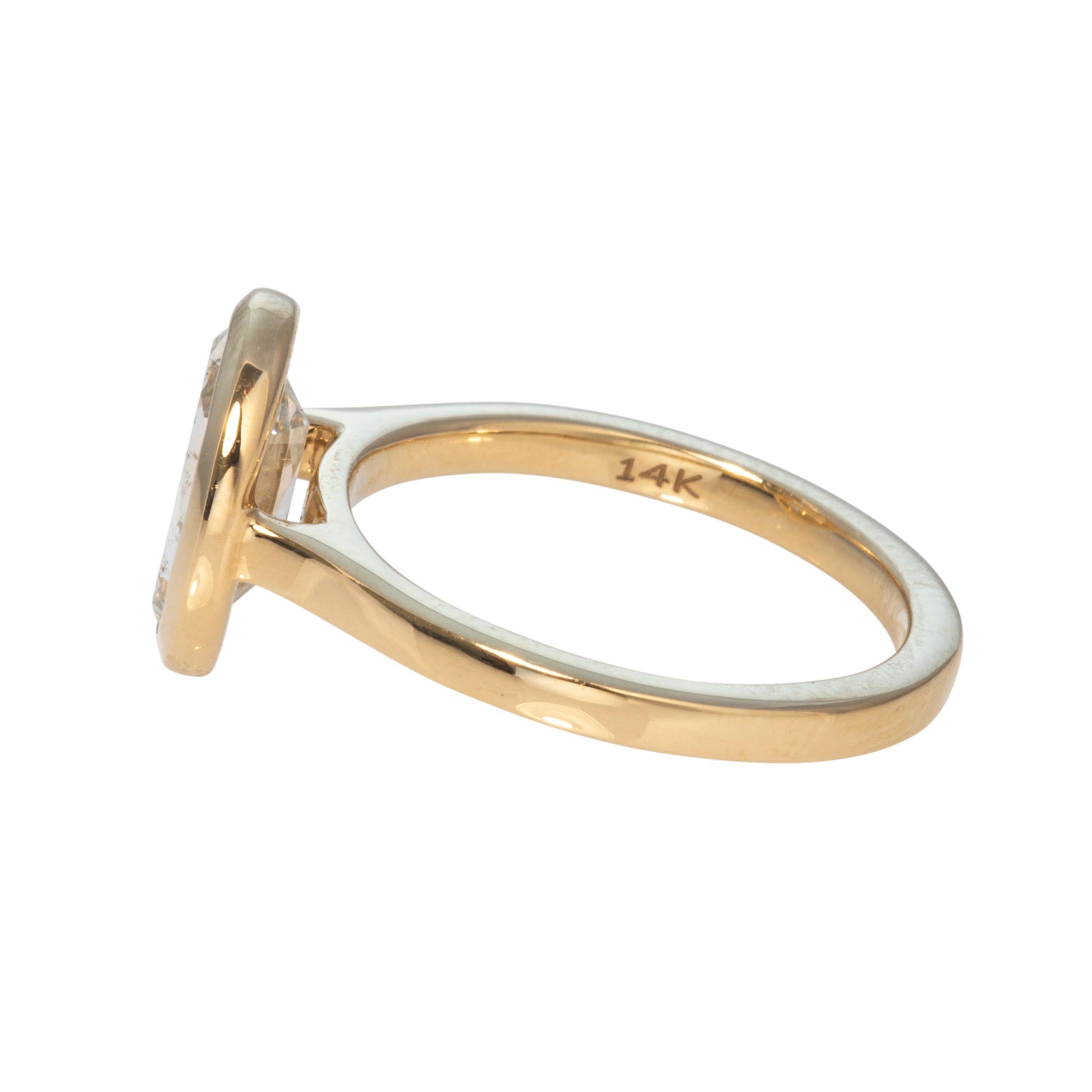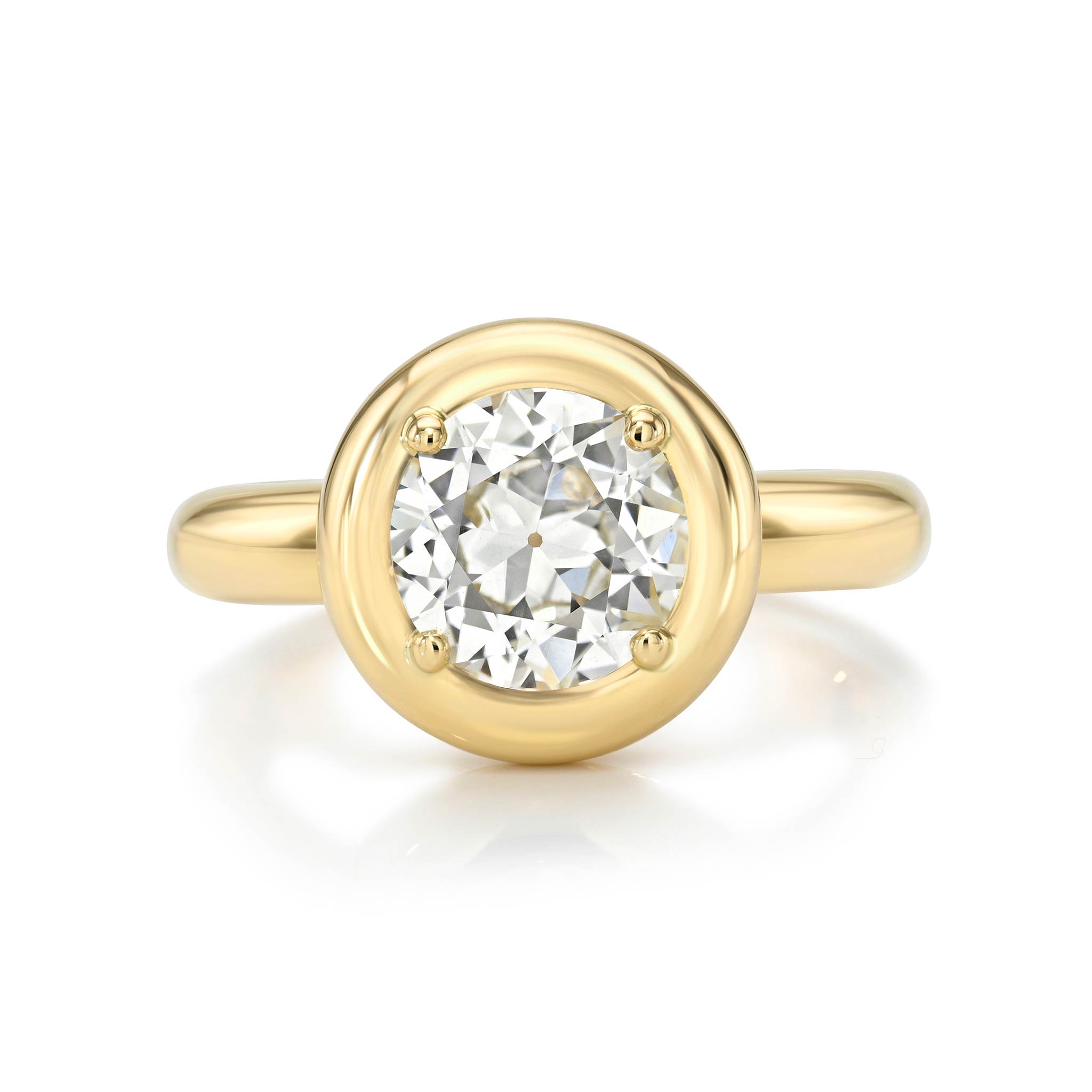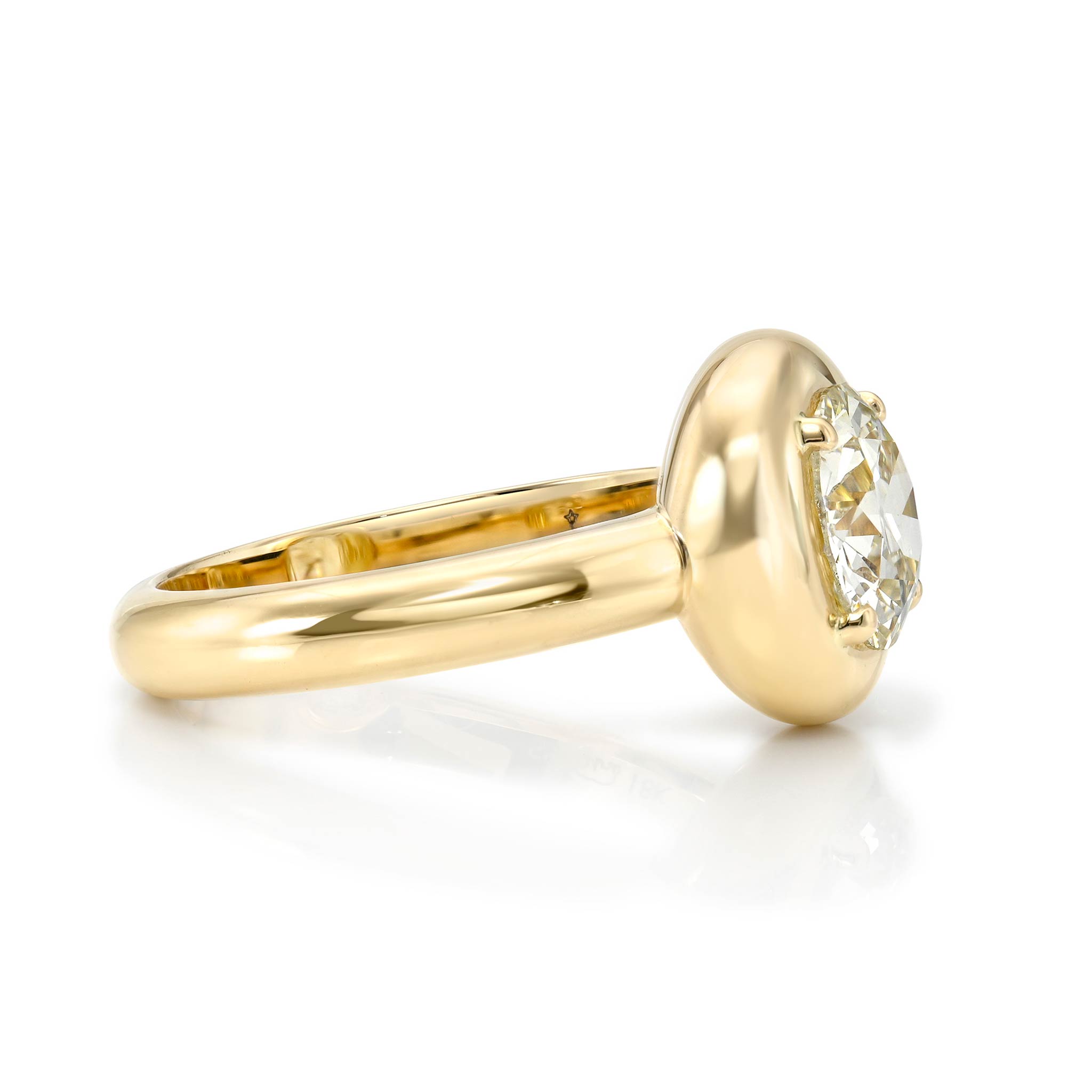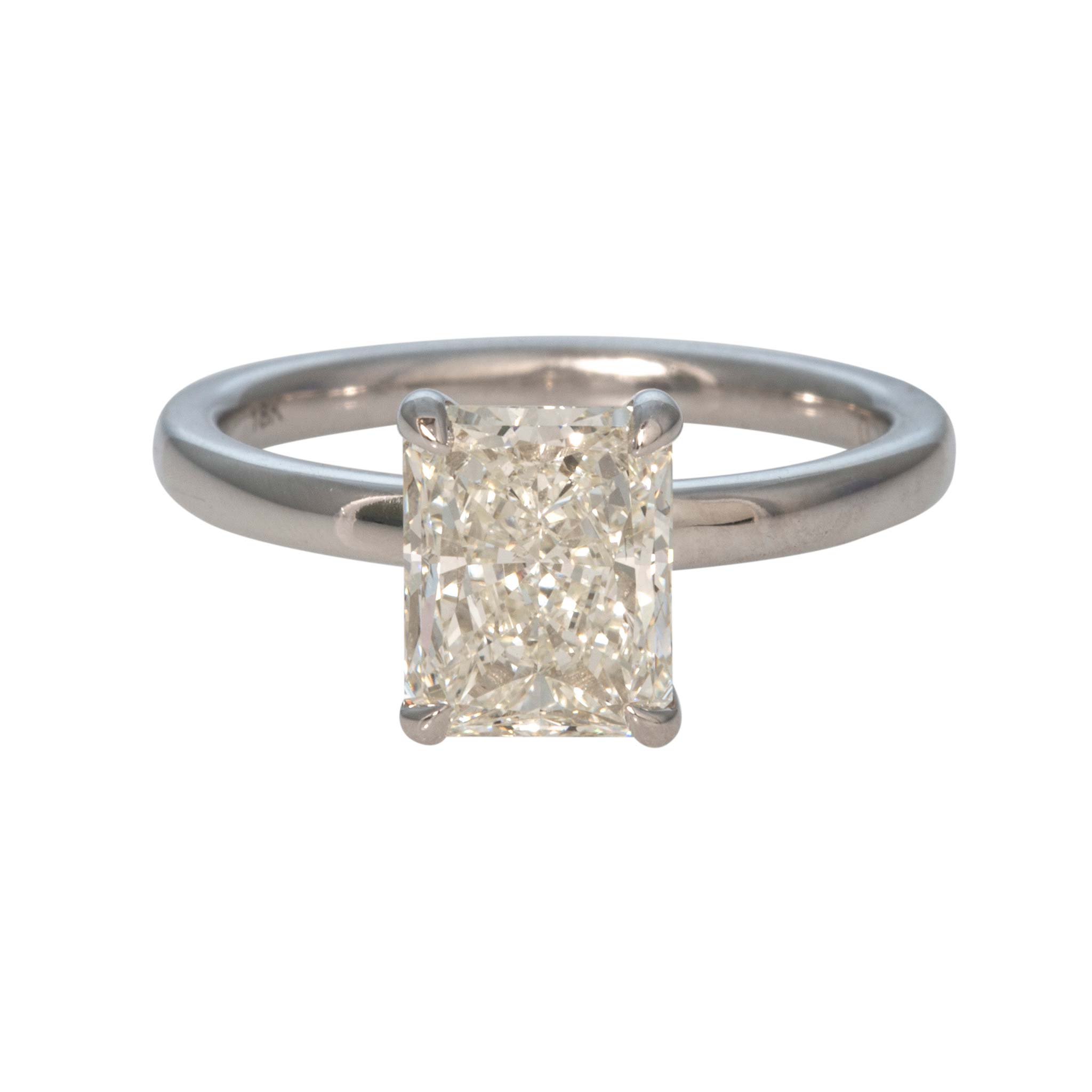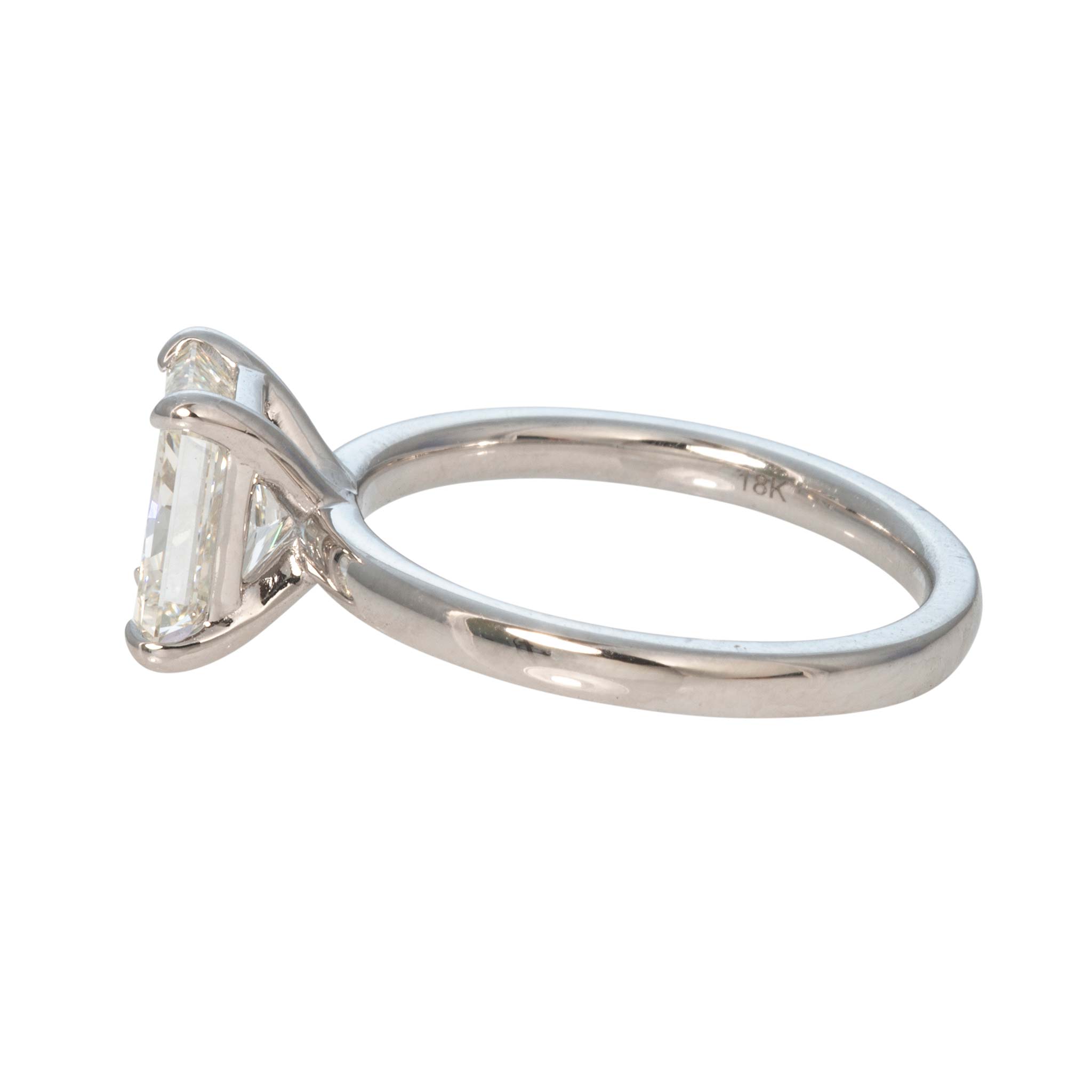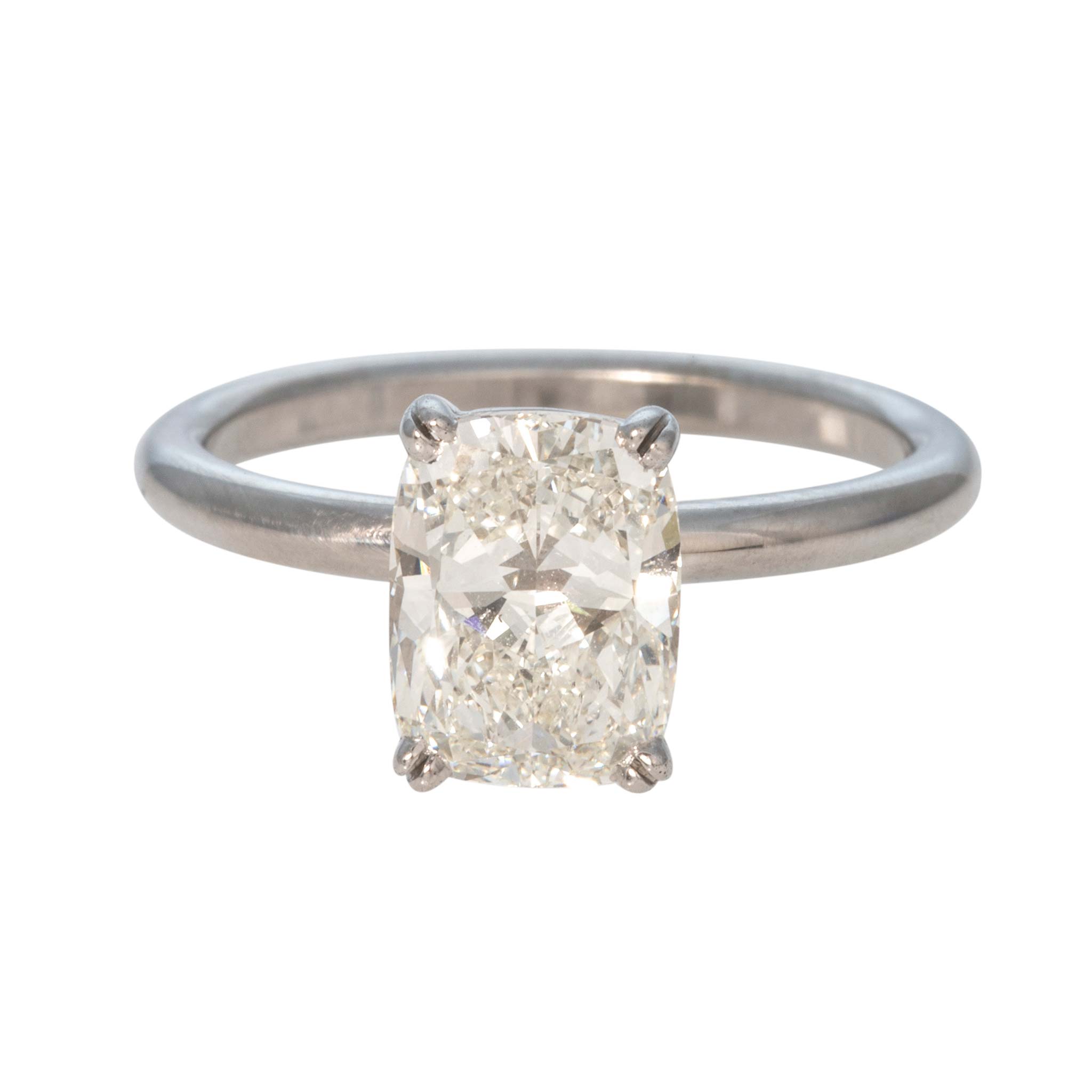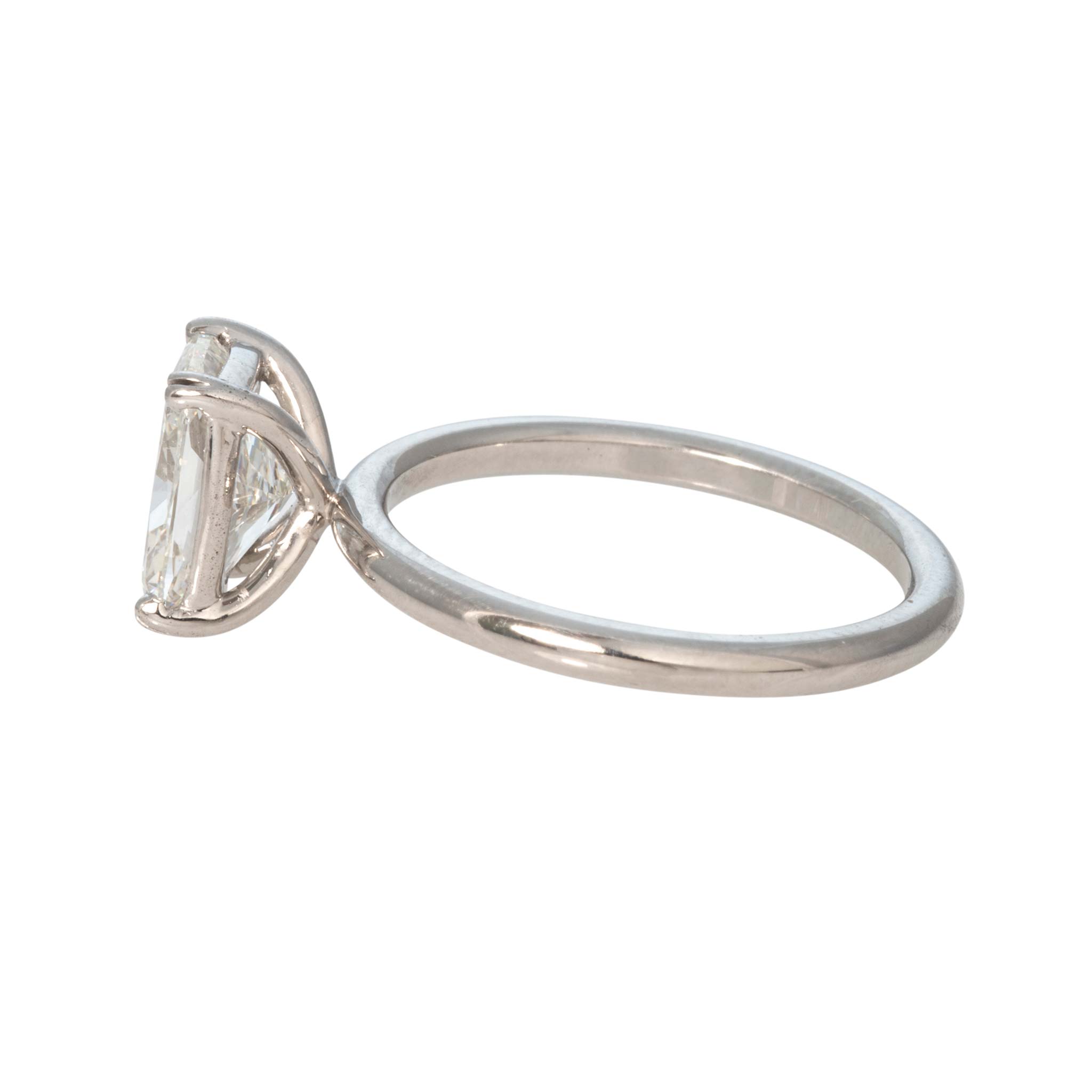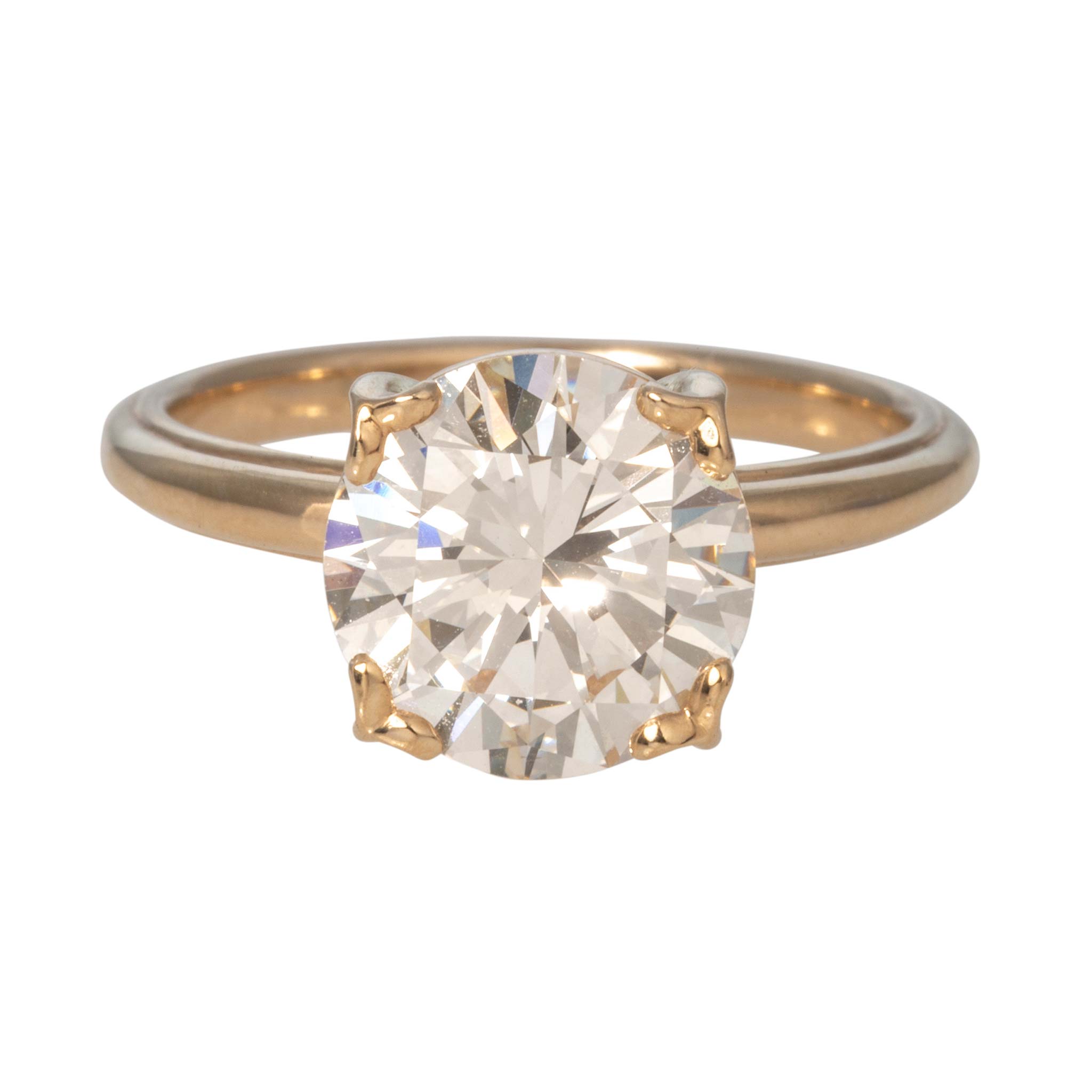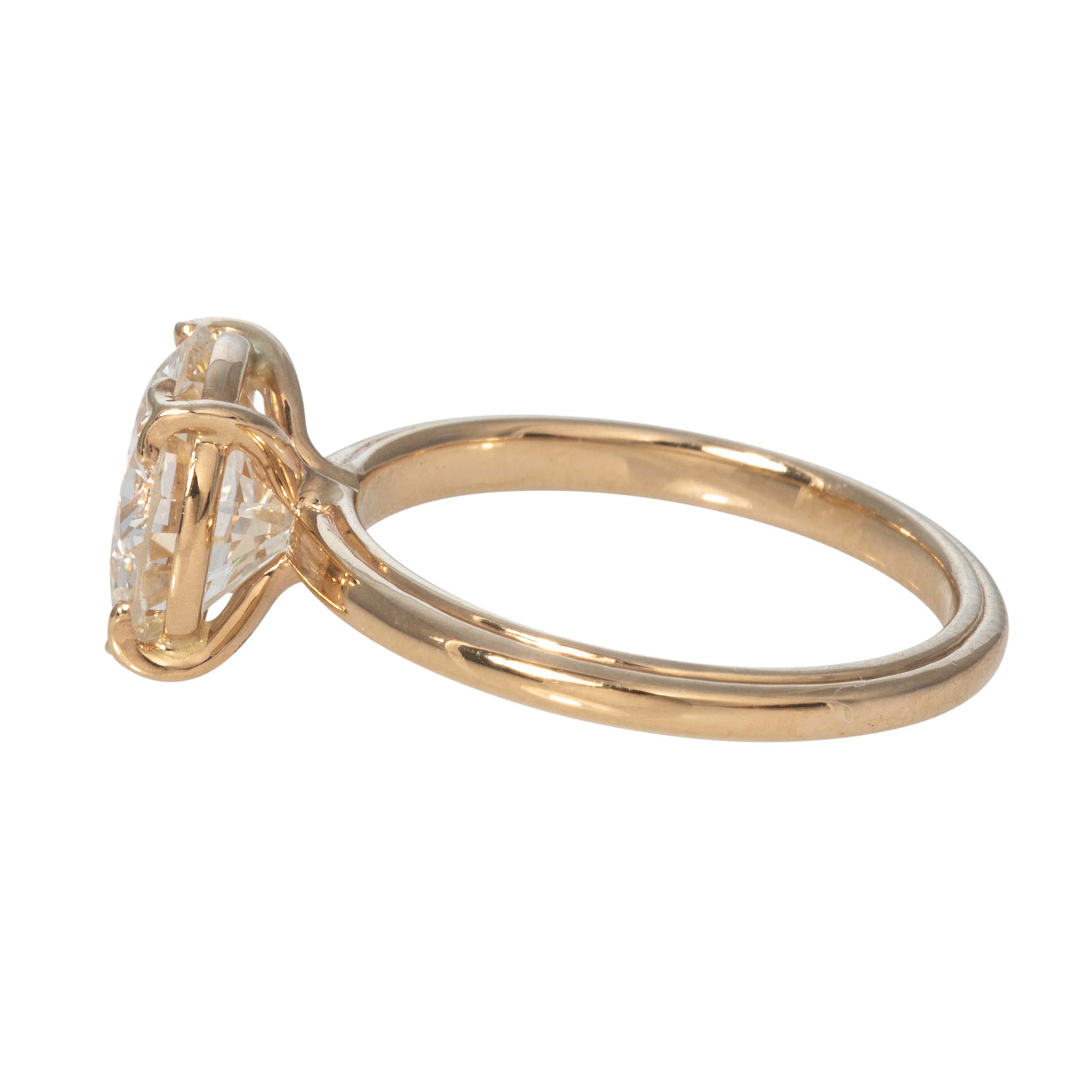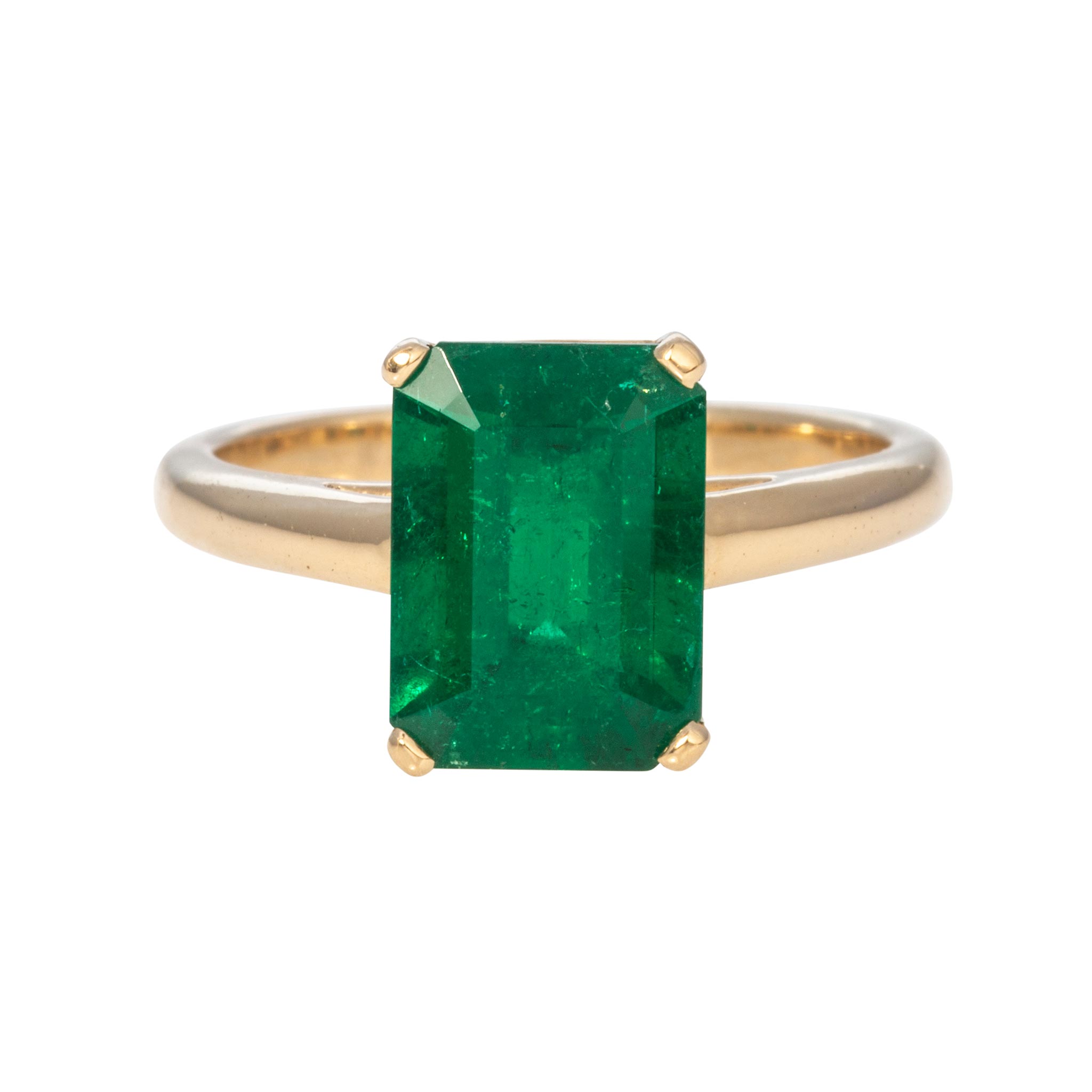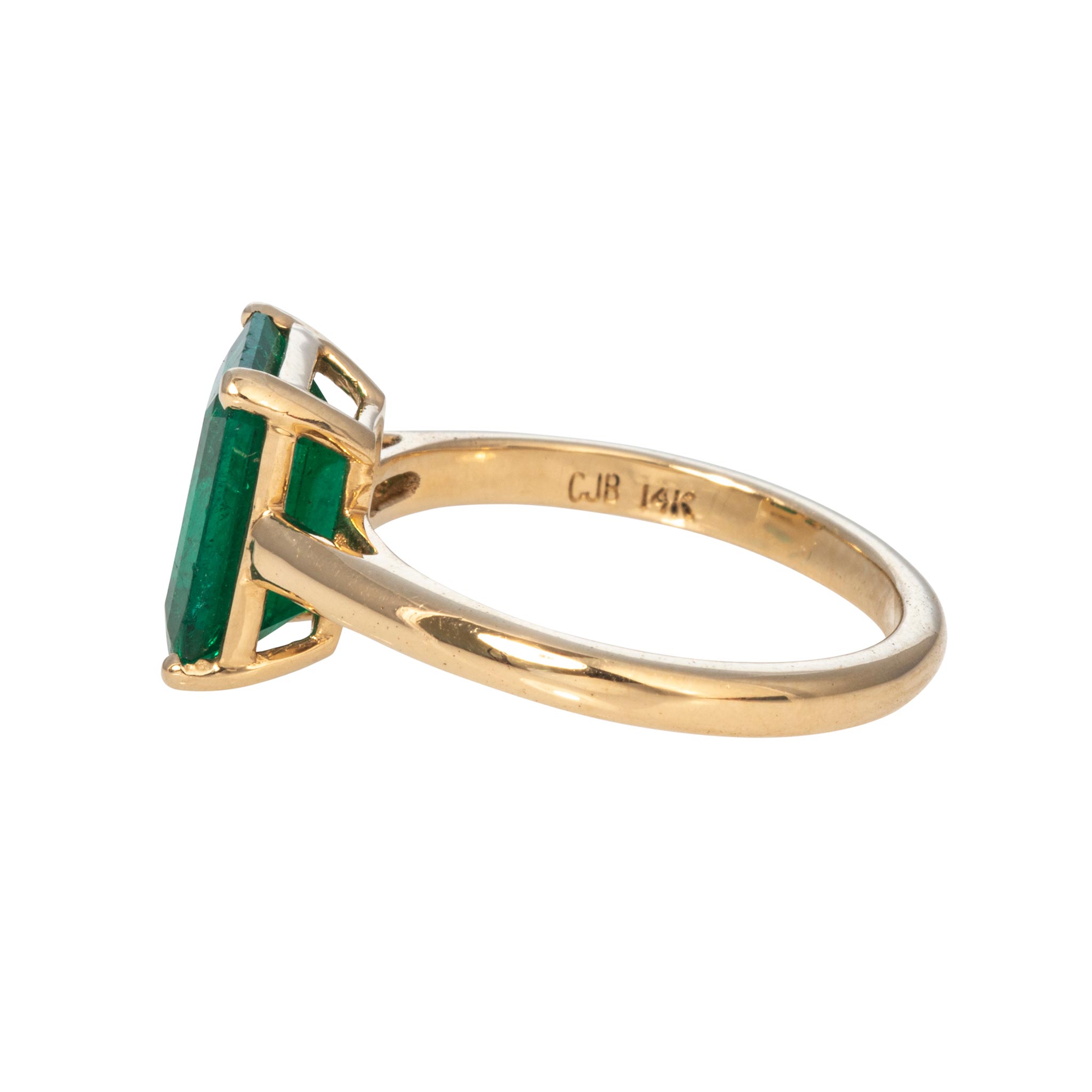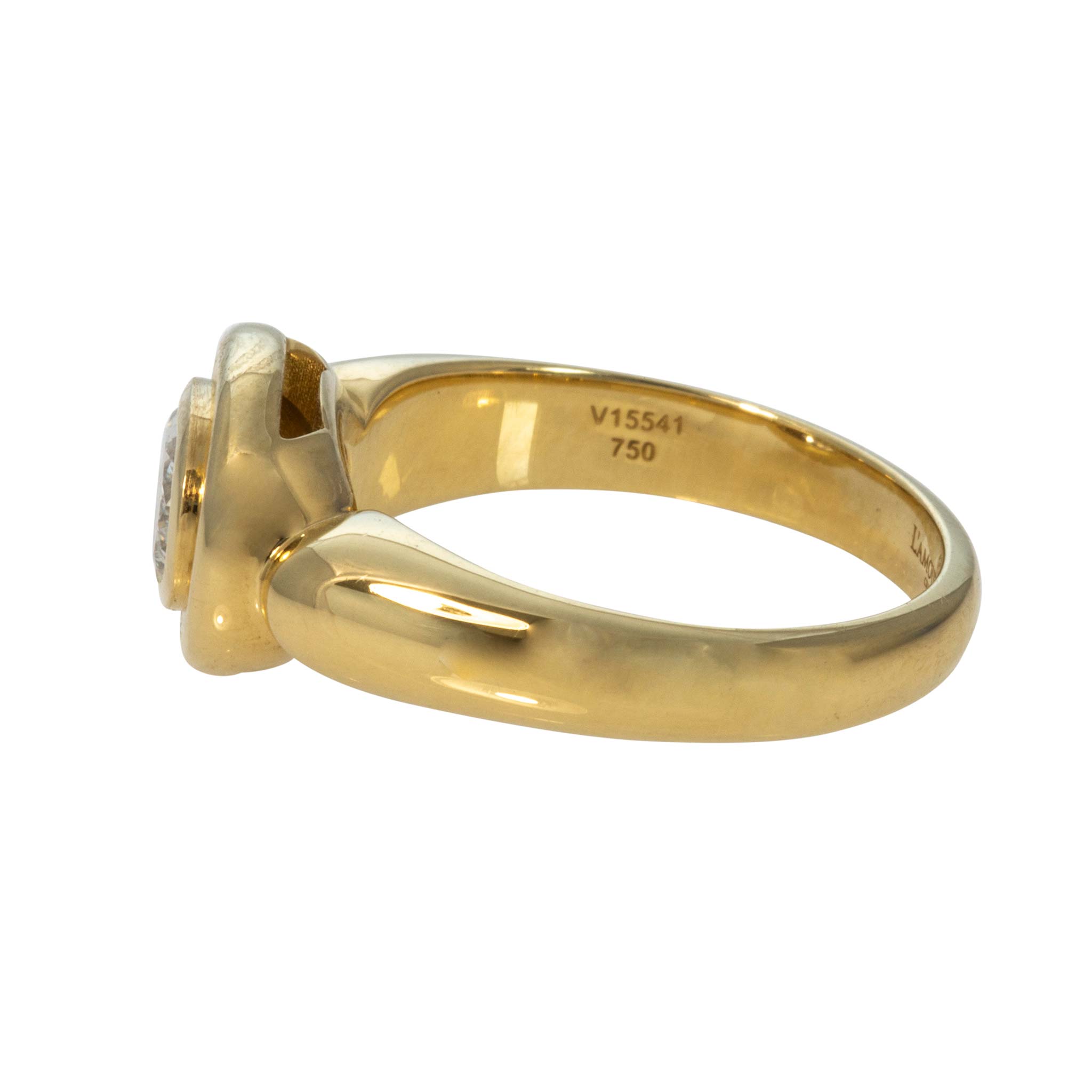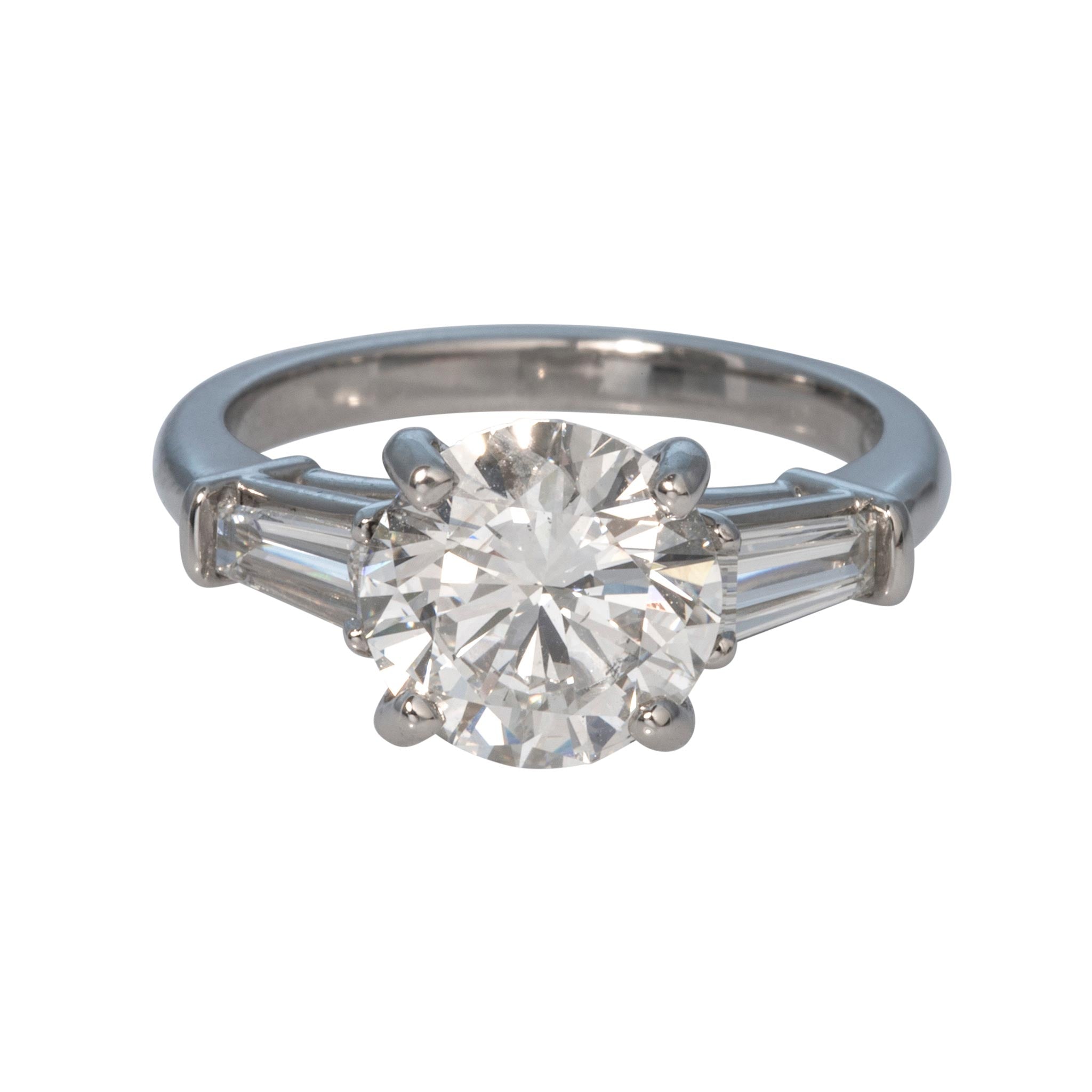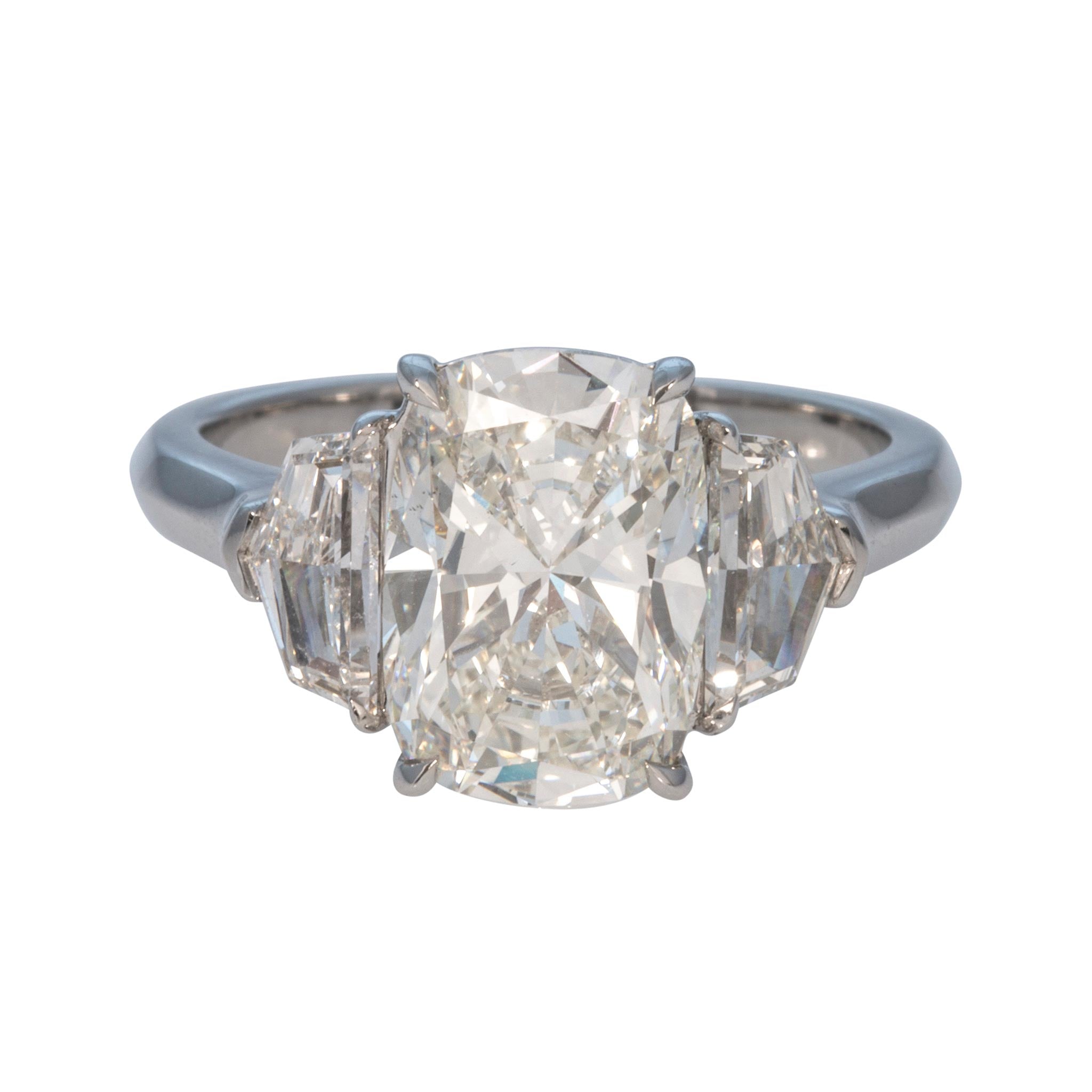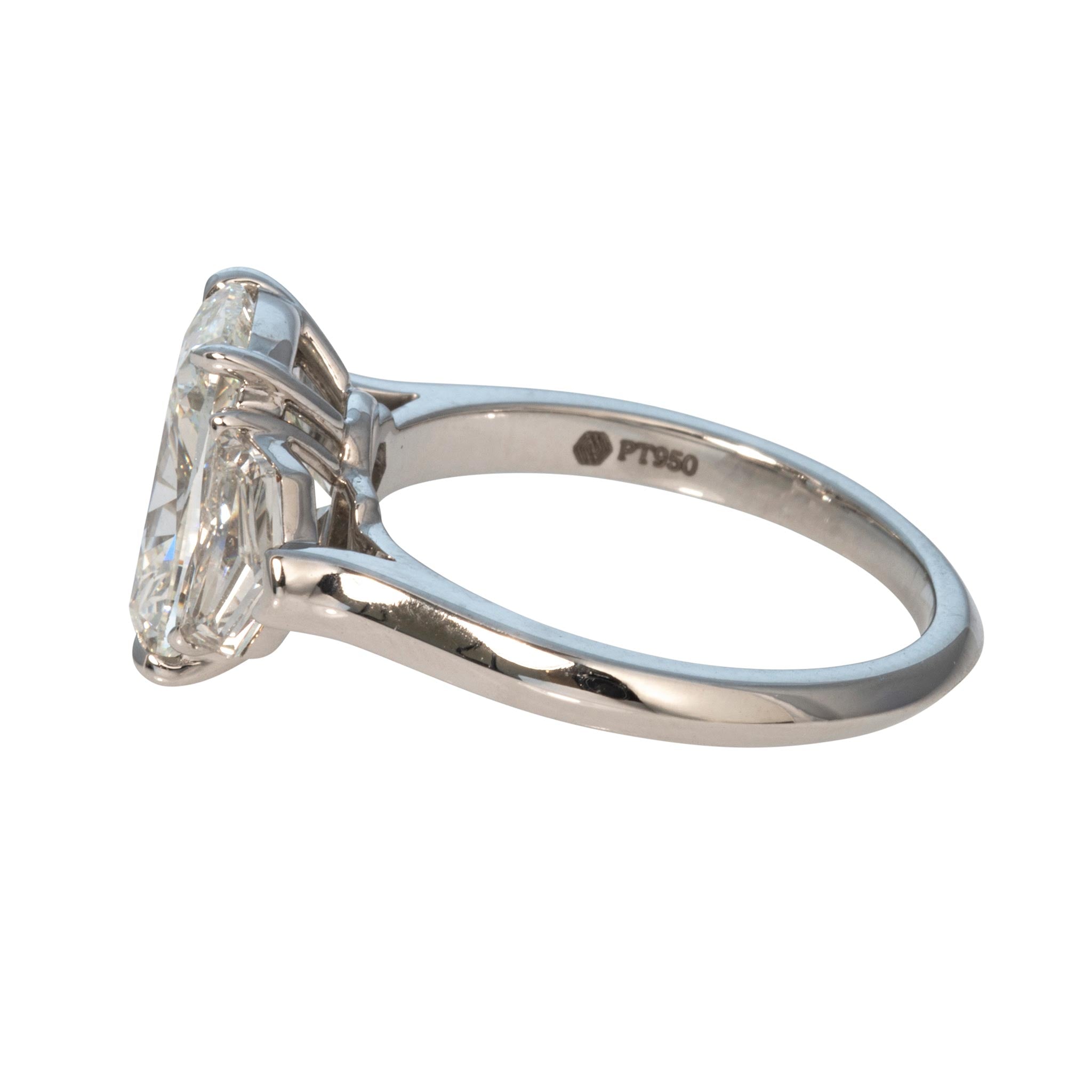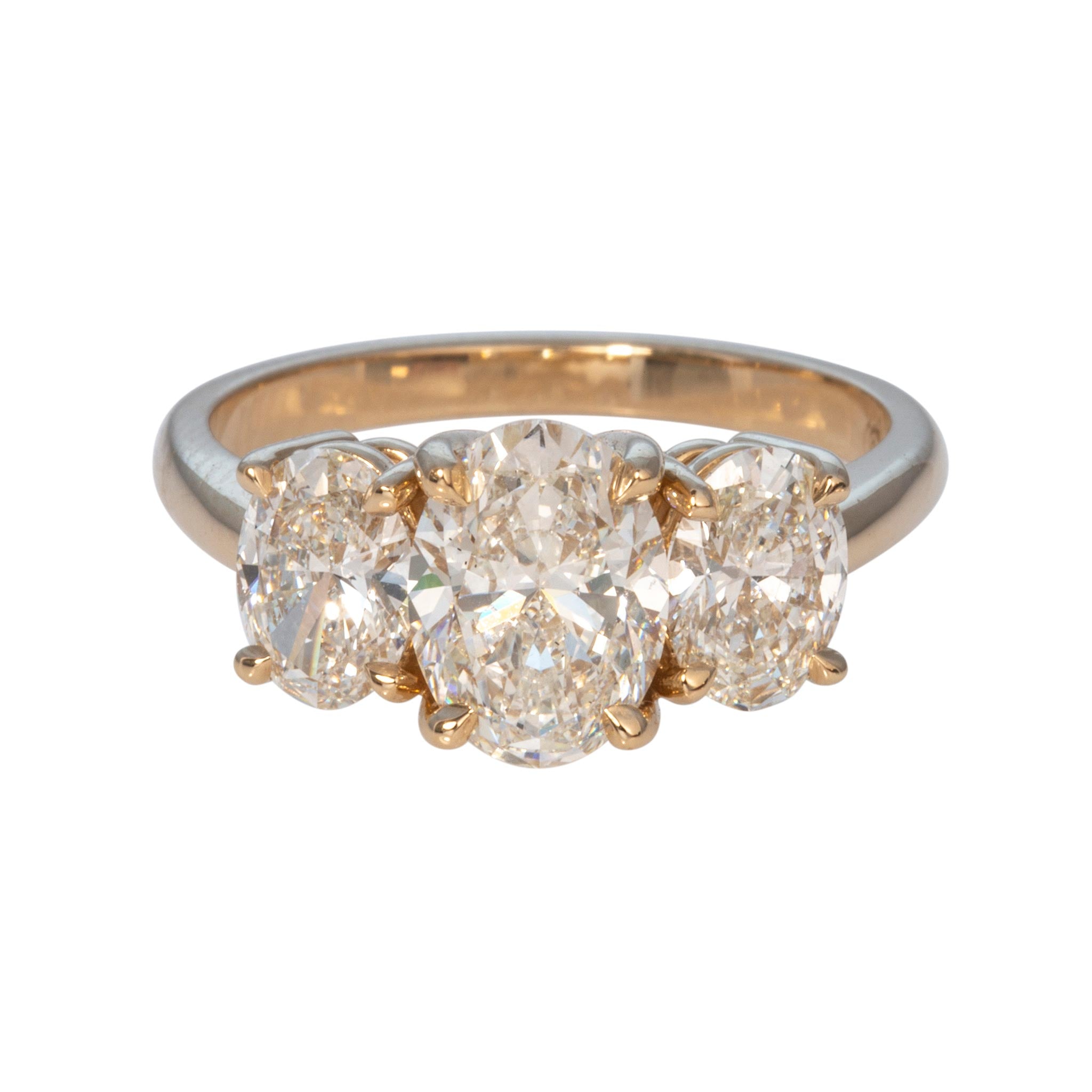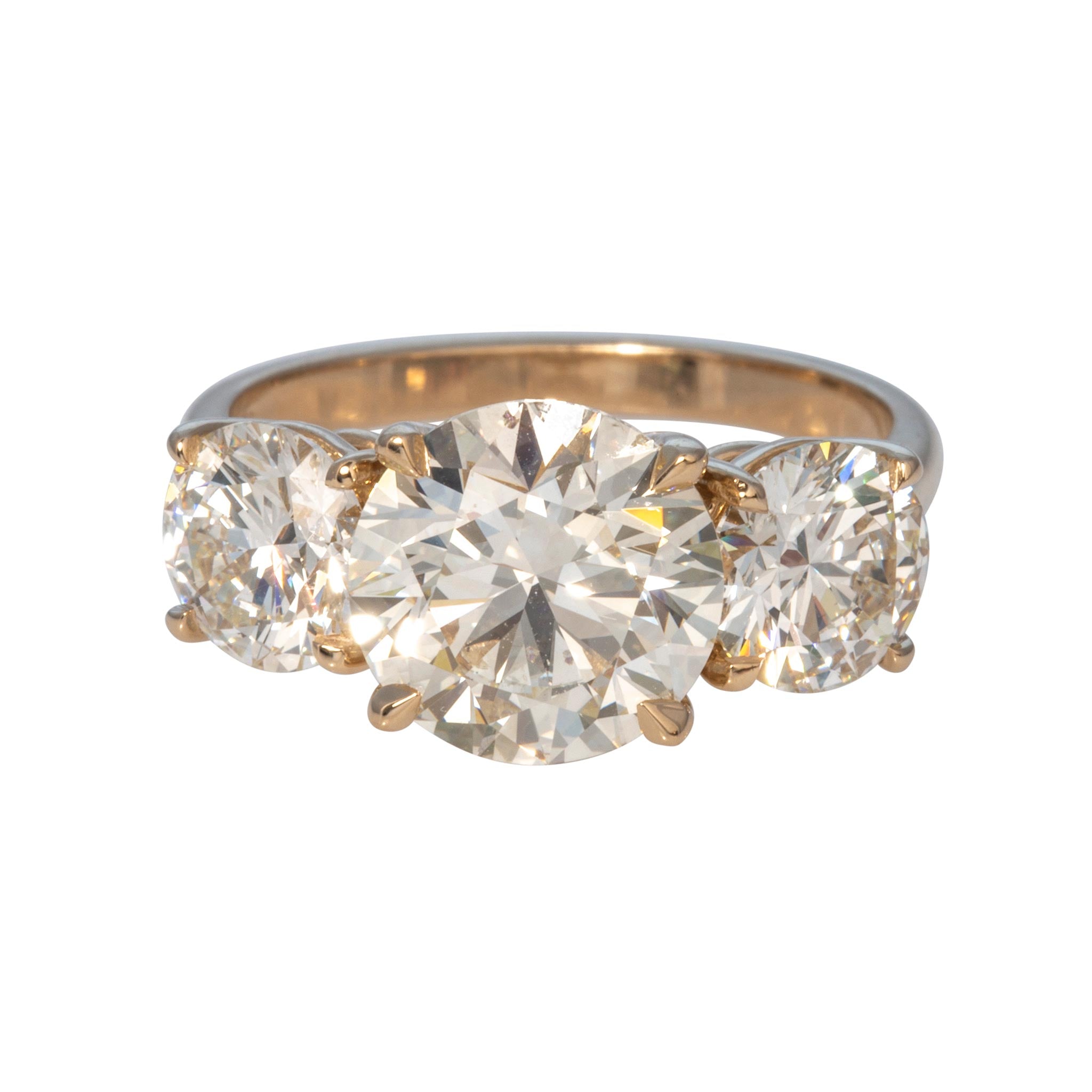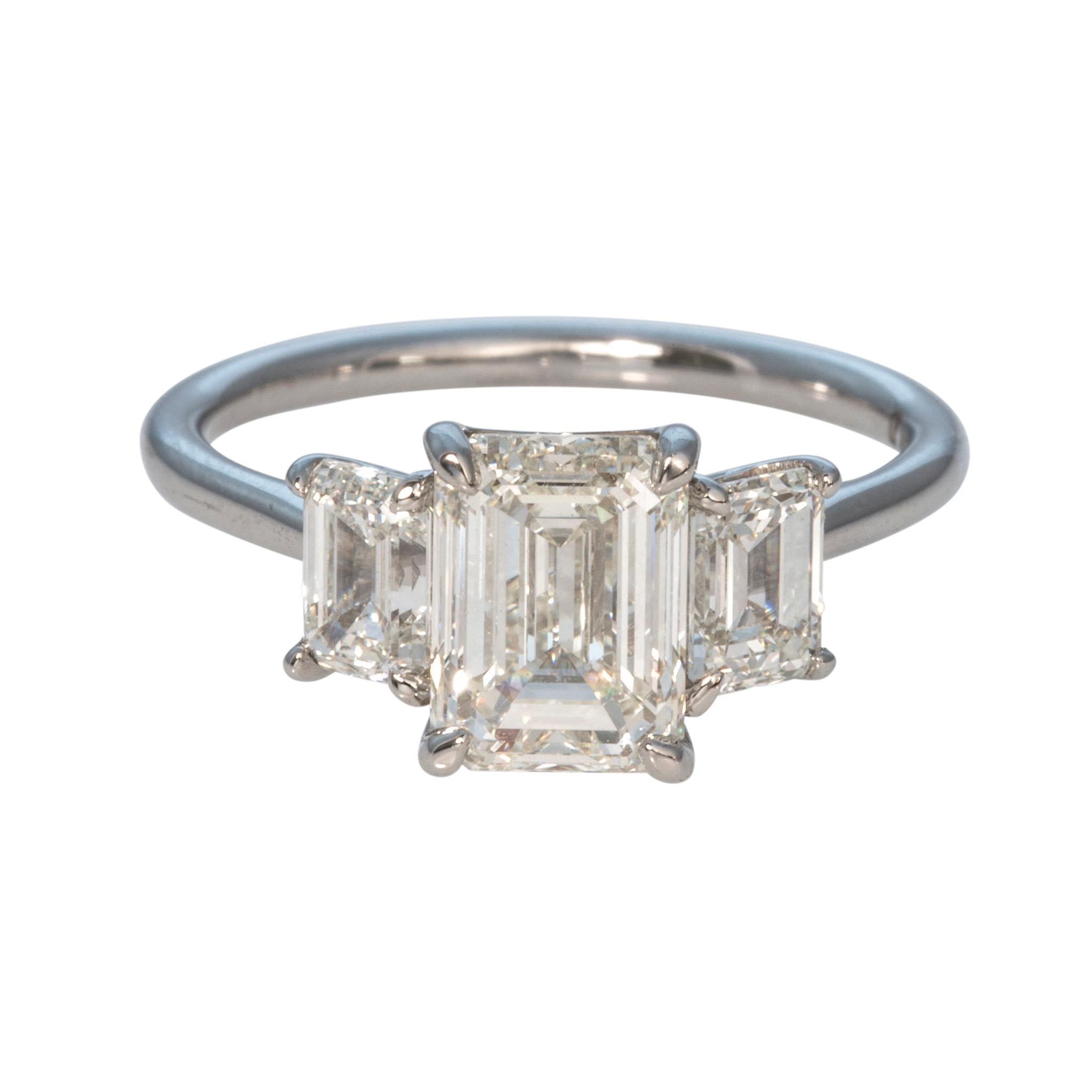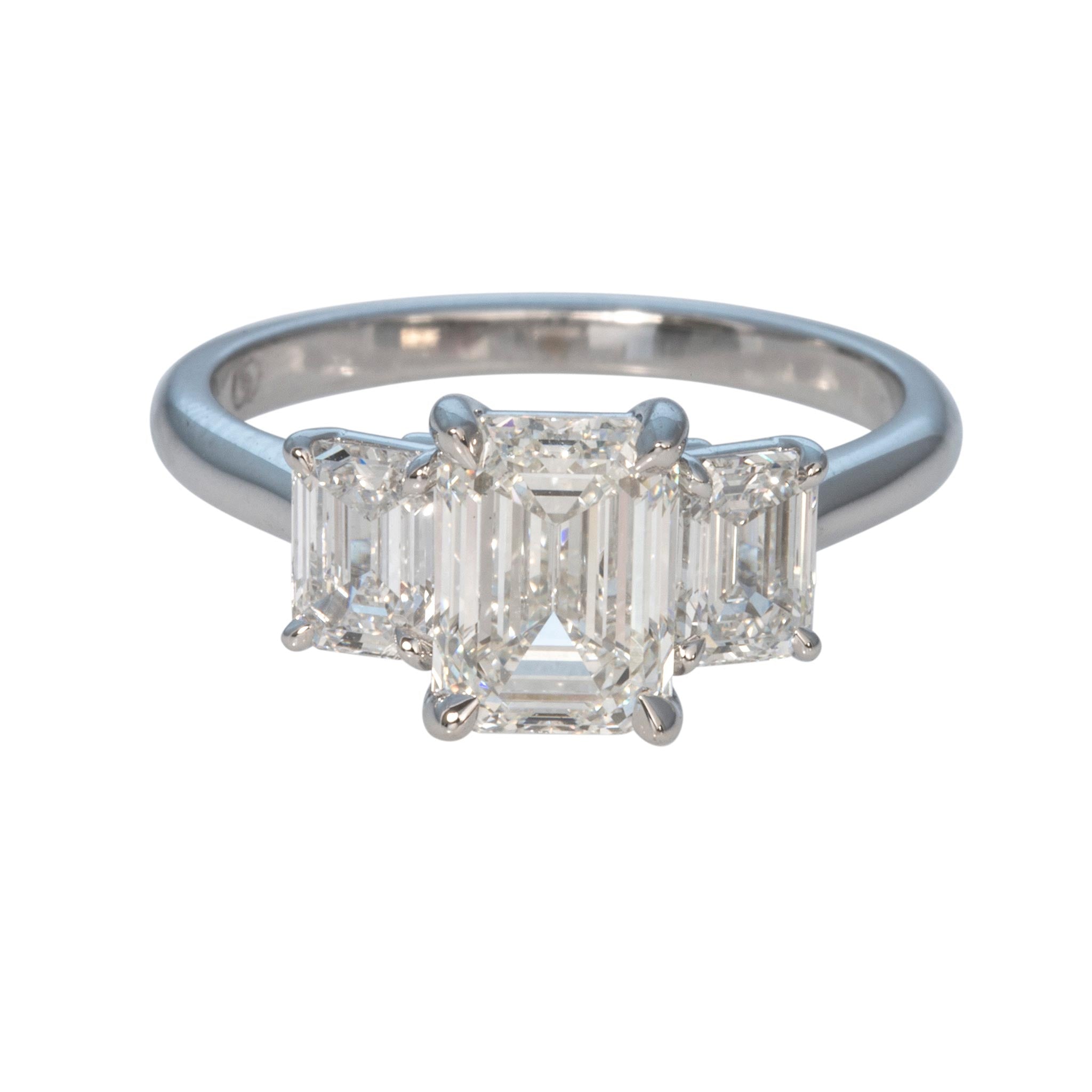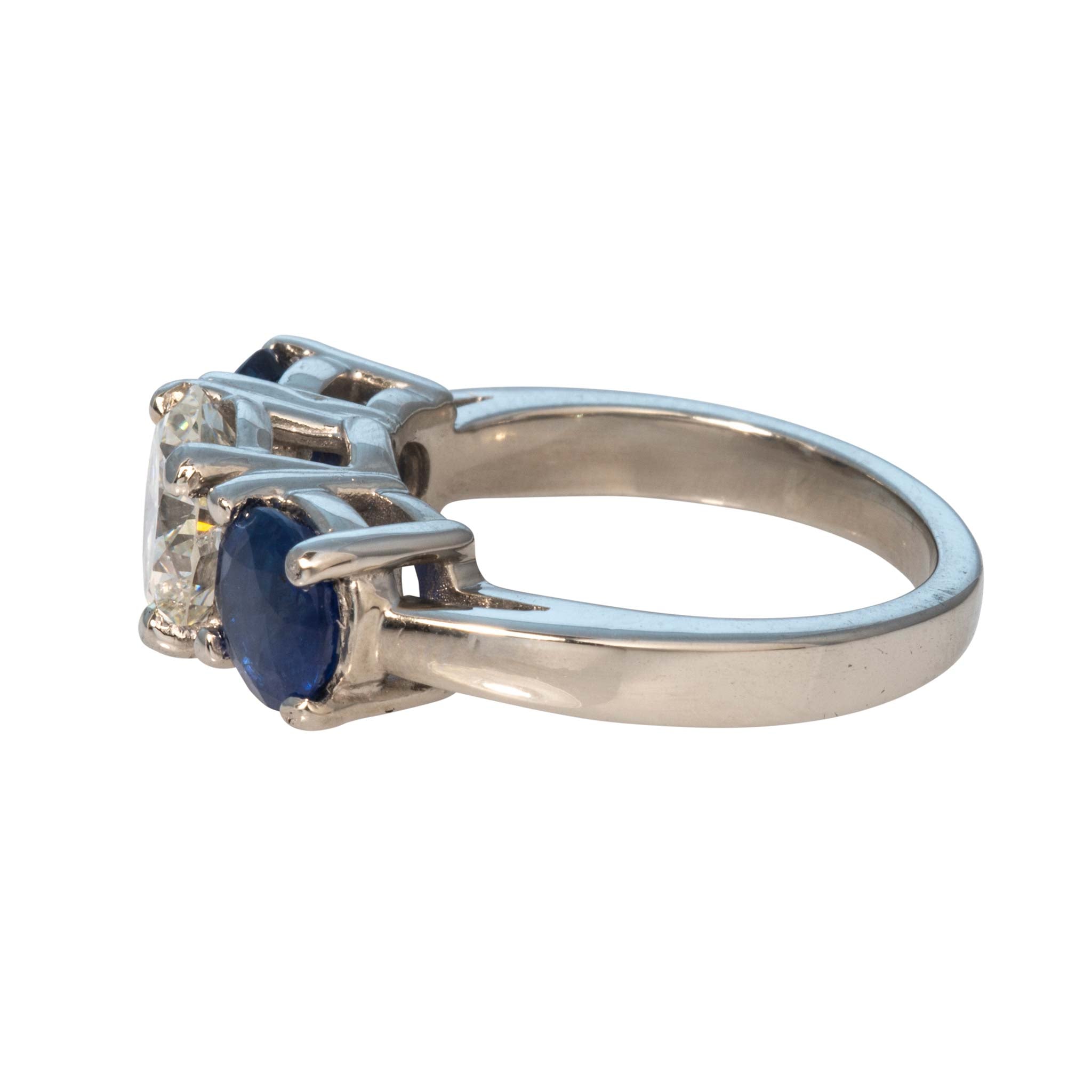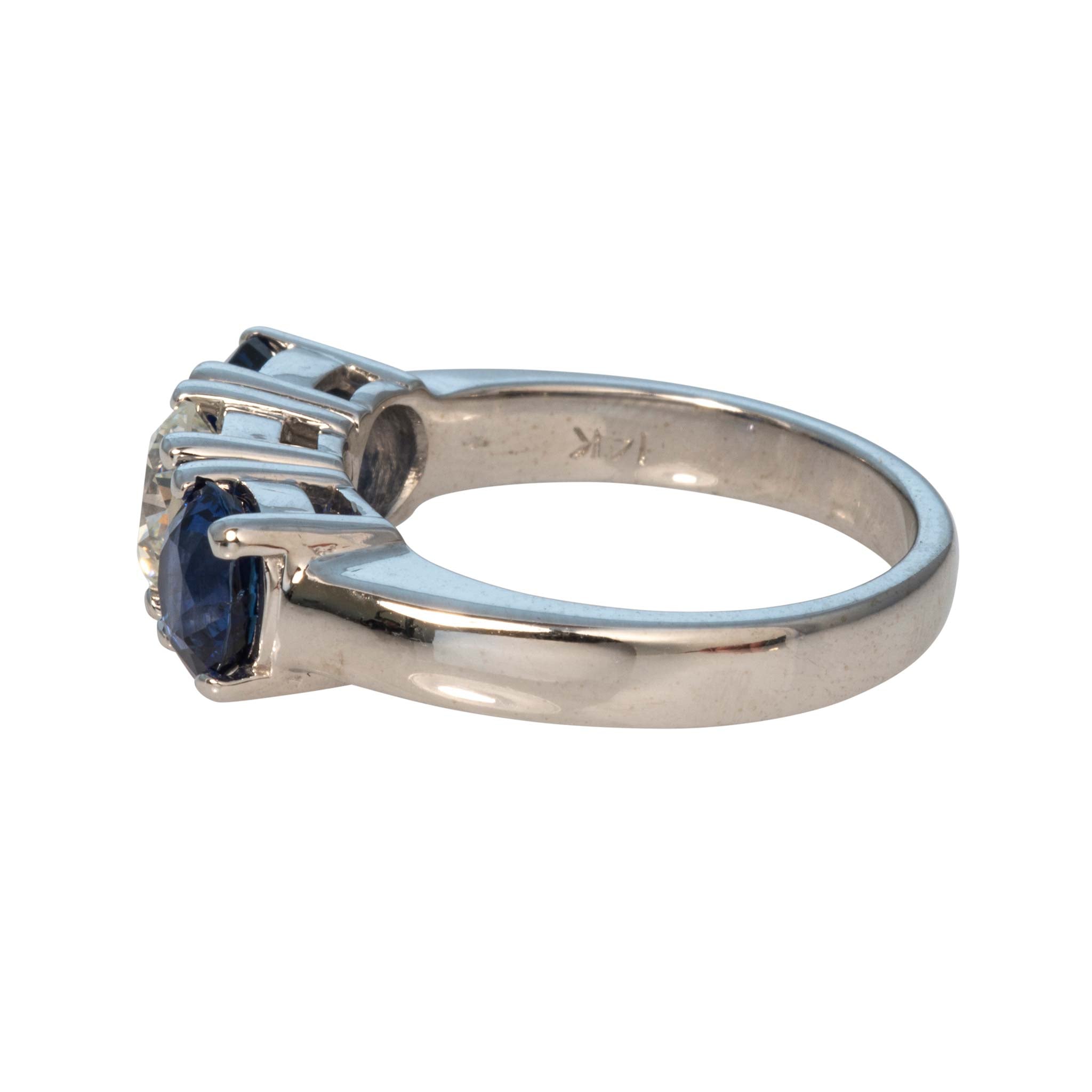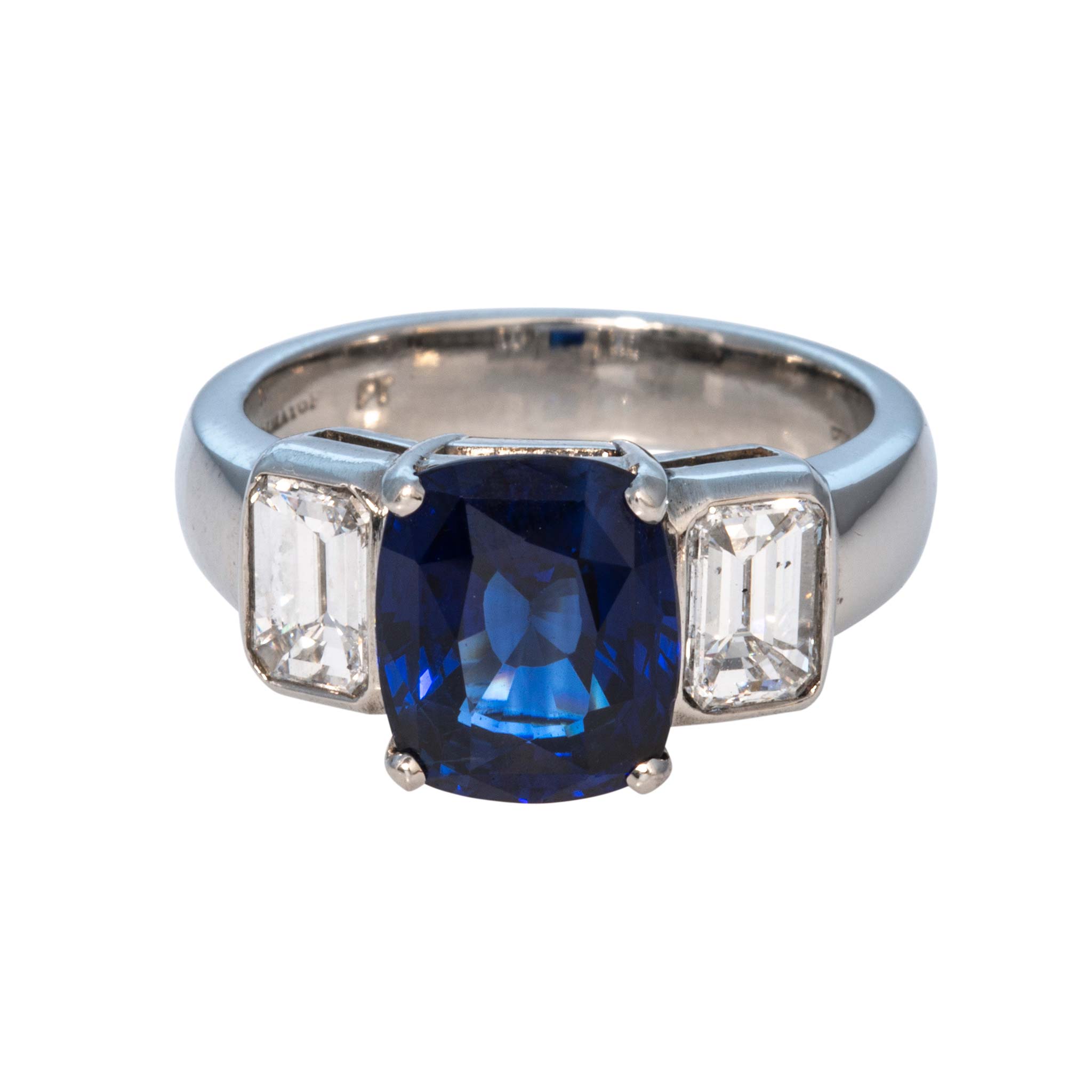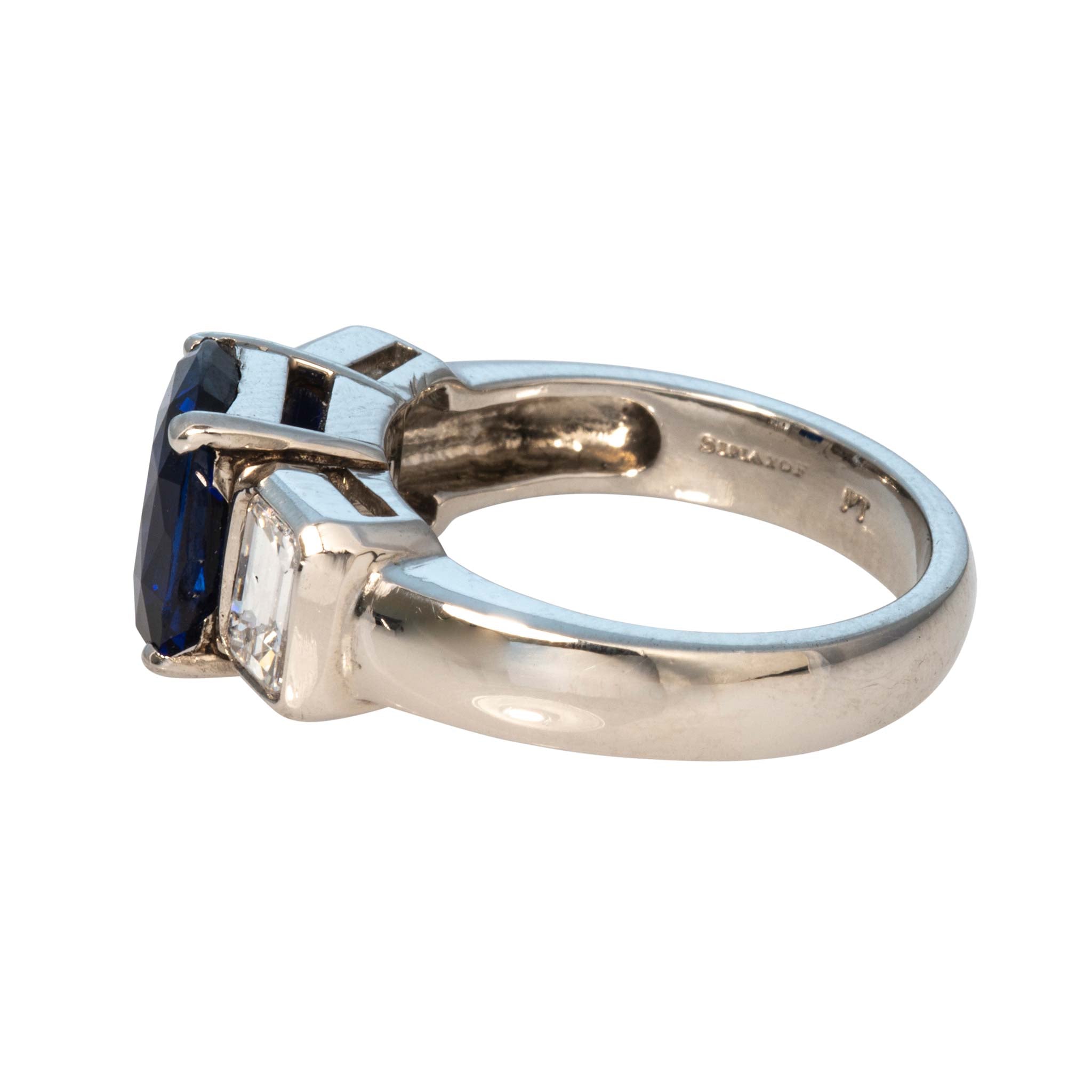Guide to Diamonds
The Four Cs
Selecting a diamond is a personal and meaningful process we would be honored to be a part of. Let Croghan’s be your fifth “C” and guide you to truly understand the beauty and value of each diamond beyond its grade.
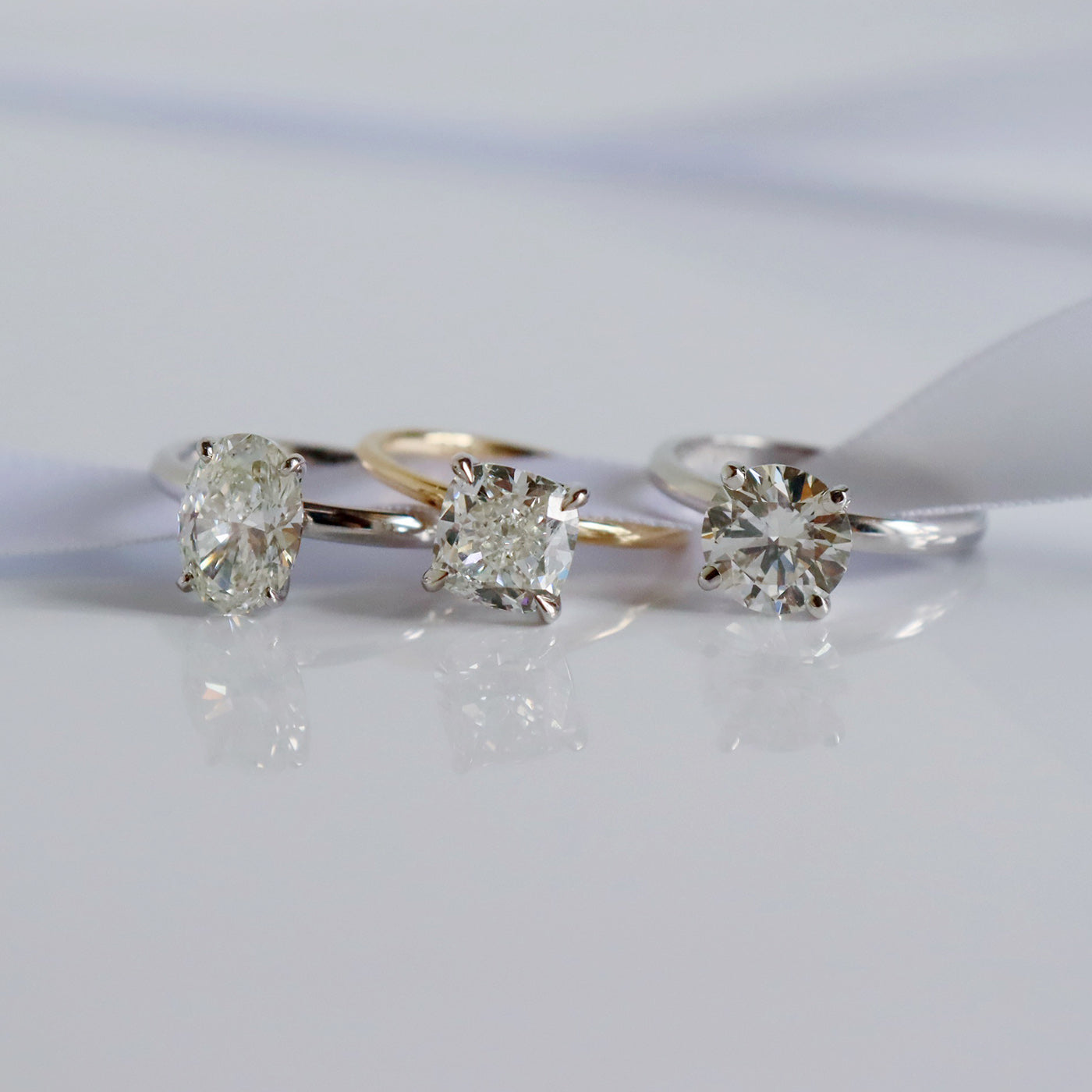
Cut
Diamond cut refers to how the diamond and light interact regarding its proportions, symmetry, and polish. The shape of the diamond is the outline of the stone (marquise, heart, emerald, etc.) Creating a diamond suitable for jewelry is an intricate process that requires the patience and skill of a diamond cutter. This is especially true with old-cut diamonds, which were hand-cut by master artisans. Most modern diamonds are now cut using lasers.
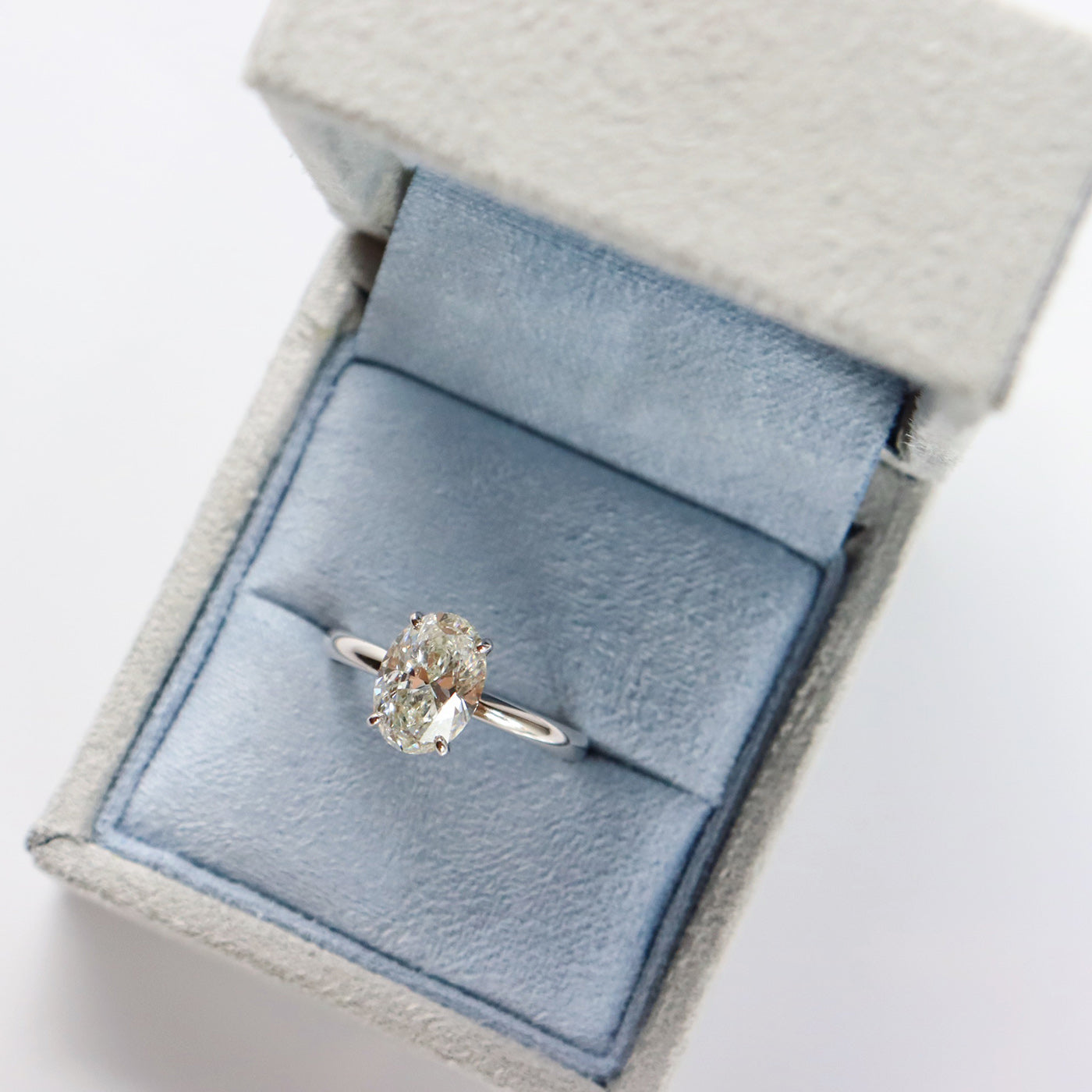
Color
Diamonds naturally have a slight tint of color to them. The less color in the stone, the more desirable and valuable it is. The universal ‘D-to-Z’ diamond color-grading system measures the degree of colorlessness by comparing a stone under controlled lighting and precise viewing conditions to master stones of established color value. Whiter diamonds (D-F range) are very rare. This increases their value significantly. Often, most diamonds in the near-colorless range can look white to the untrained eye. In the vintage and antique world, it is more common to find diamonds with a hint of color to them. Diamonds with color can offer deeper character, though modern stones can offer true brilliance. The color scale is as follows: D–F (colorless), G–J (near colorless), K–M (faint), N–R (very light), and S–Z (light).
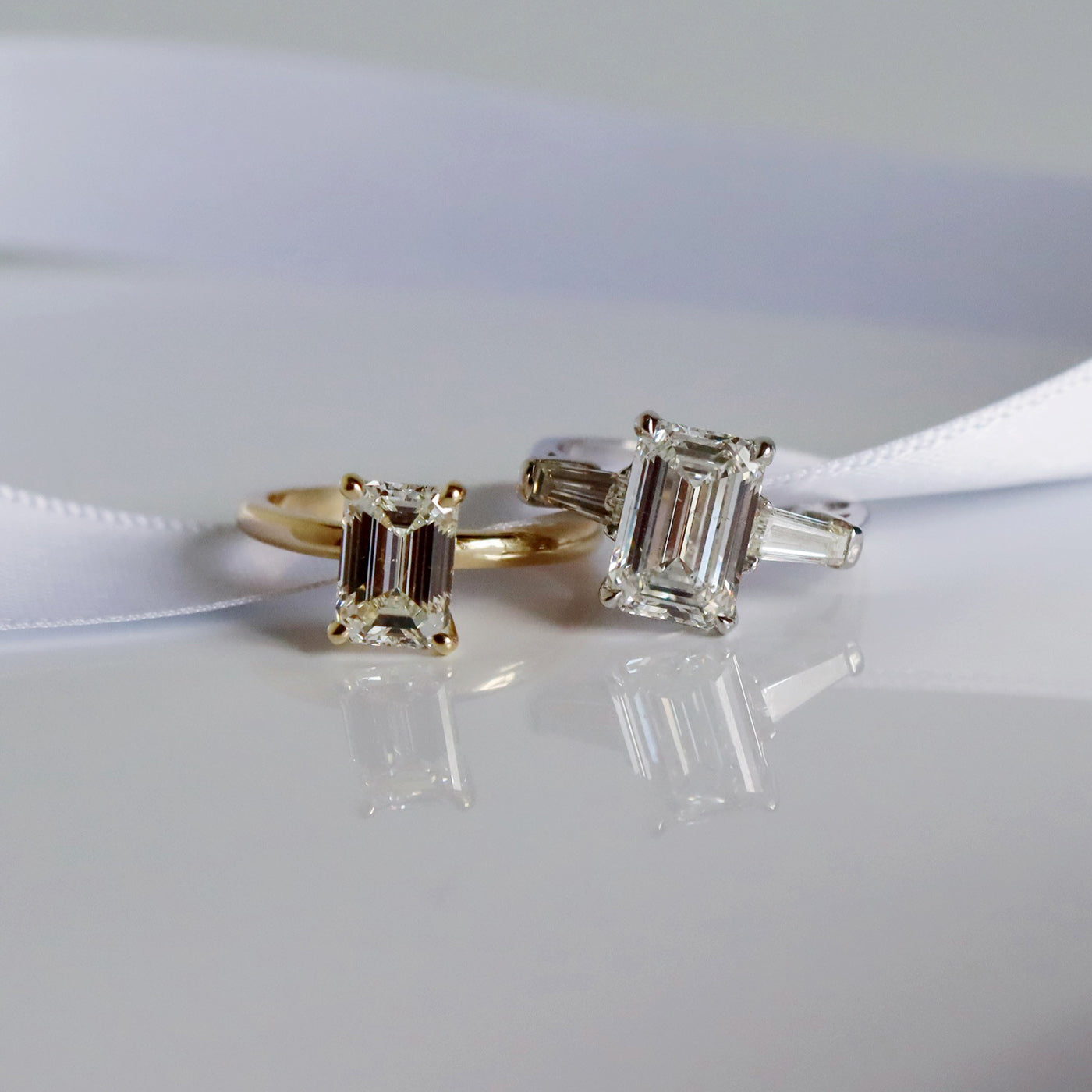
Clarity
Diamonds are natural substances that form in the Earth and, as a result, they usually have blemishes and inclusions within them. These characteristics are what set the clarity of a diamond. Clarity is assessed under 10x magnification, and inclusions are evaluated according to their number, size, position, and relative visibility. Flawless and Internally Flawless are incredibly rare, significantly increasing their price. The price and rarity decrease as you progress down the scale. An “eye-clean” diamond may often represent the best value for buyers. Keep in mind that even if a stone is in the SI range, its inclusions can only be seen under 10x magnification! The Clarity scale is as follows: F (Flawless), IF (Internally Flawless), VVS1–2 (Very, Very Slightly Included), VS1–2 (Very Slightly Included), SI1–2 (Slightly Included), 1–2 (Included).
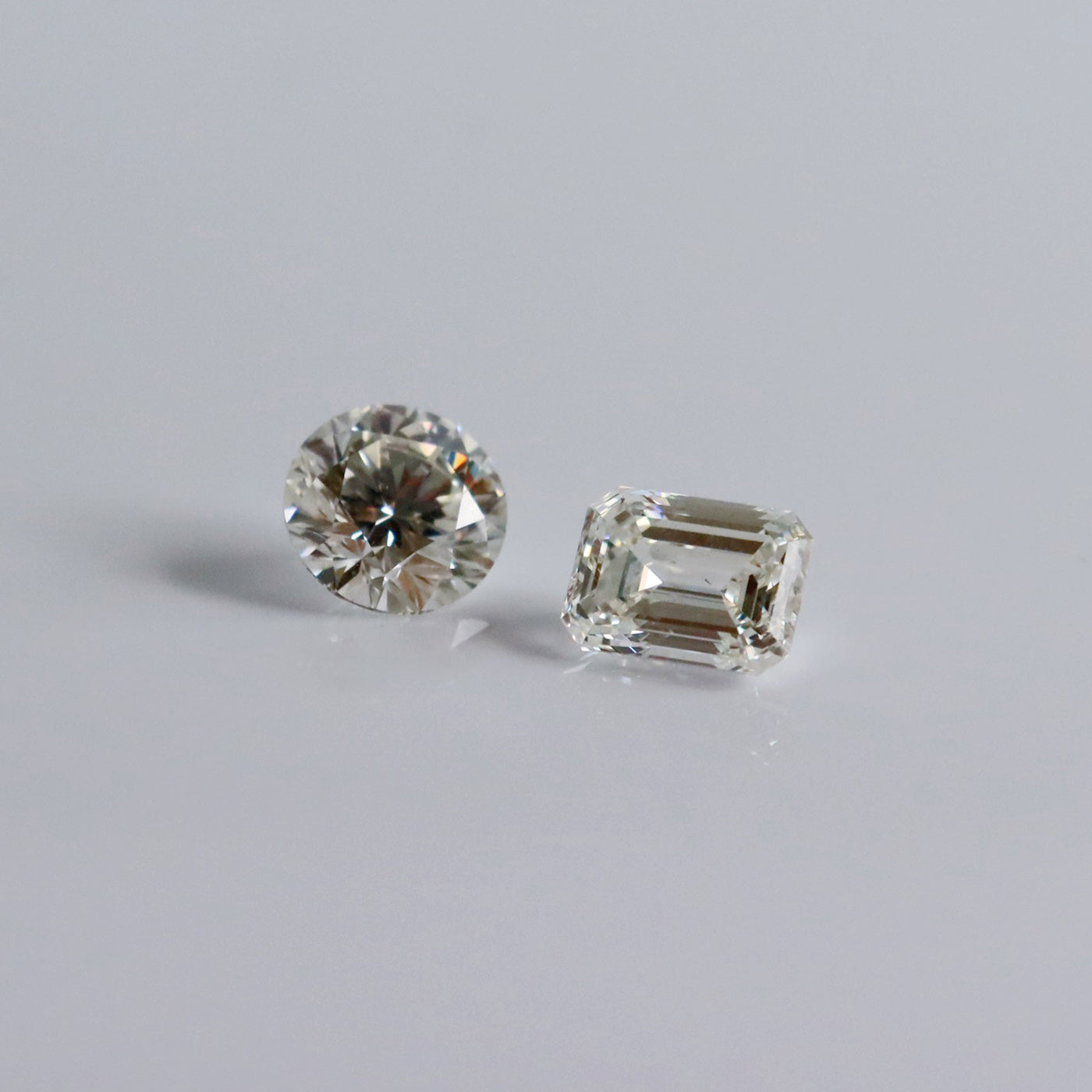
Carat
Diamonds are measured in carats, a measurement of weight that is equal to 0.20 grams. Generally speaking, the higher the carat weight, the more expensive the stone. Two diamonds of equal carat weight, however, can have very different quality and price when the other three Cs are considered.
We offer a variety of quality services for all of your needs to help take care of your most valuable possessions. Since we have been doing this for over 100 years, our customers have grown to depend on our advice and workmanship. Please do not hesitate to contact us if you do not see your specific request listed.



